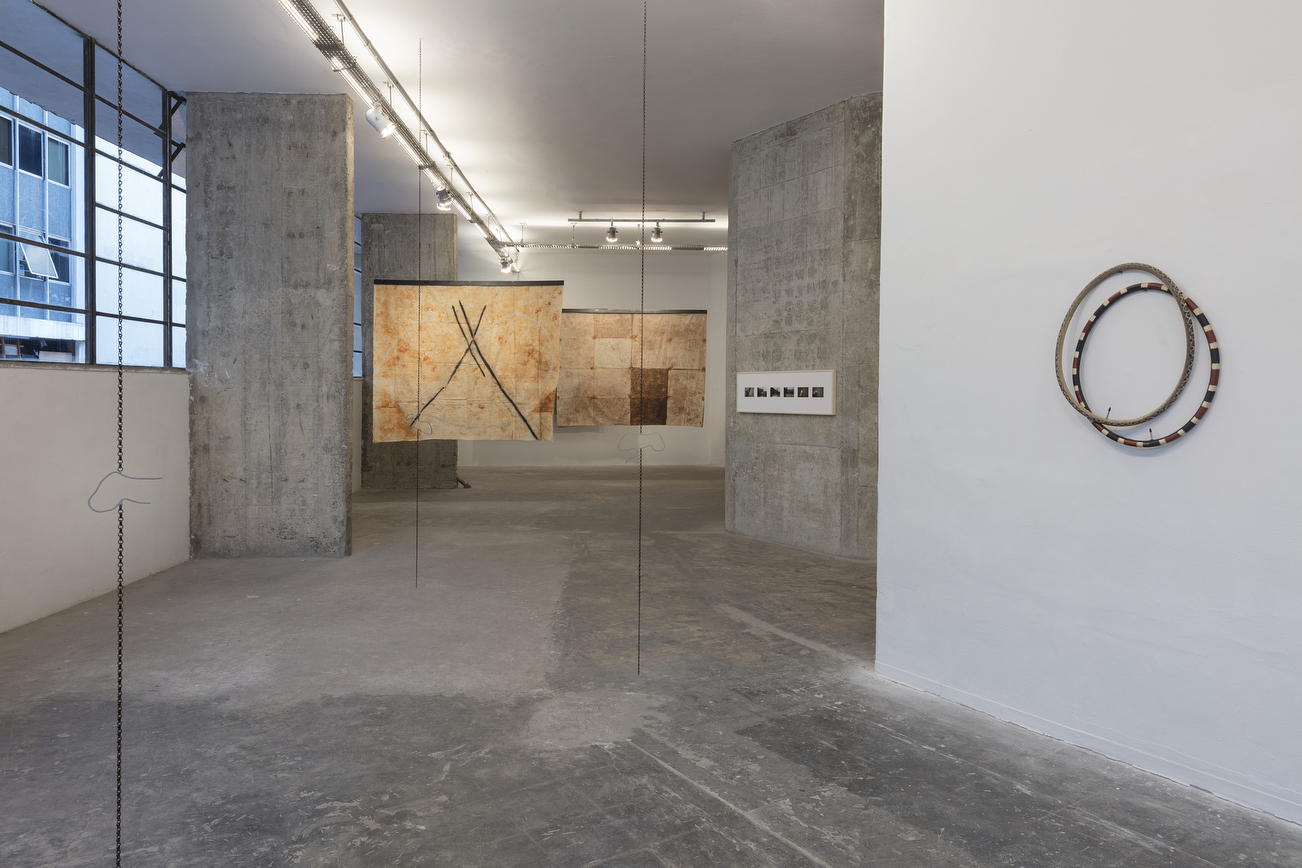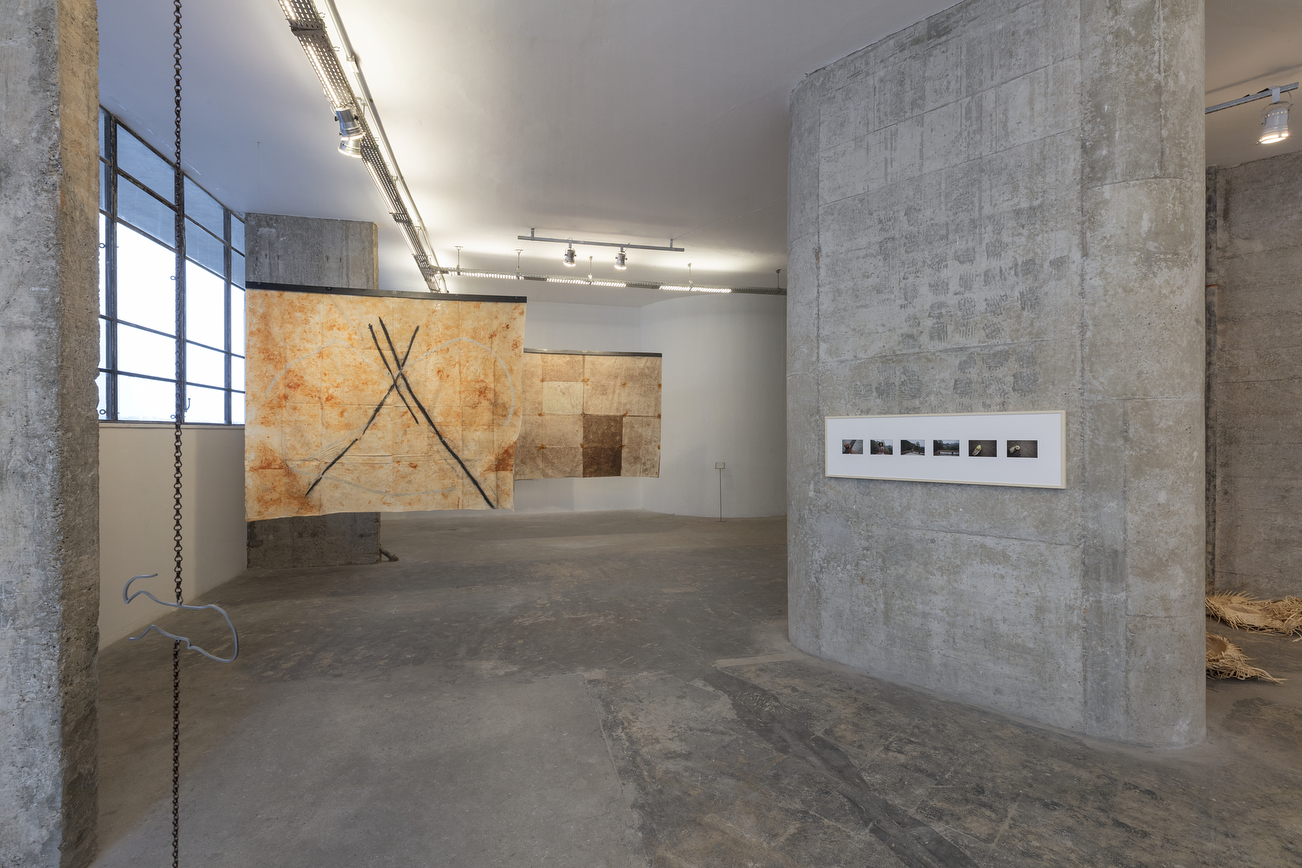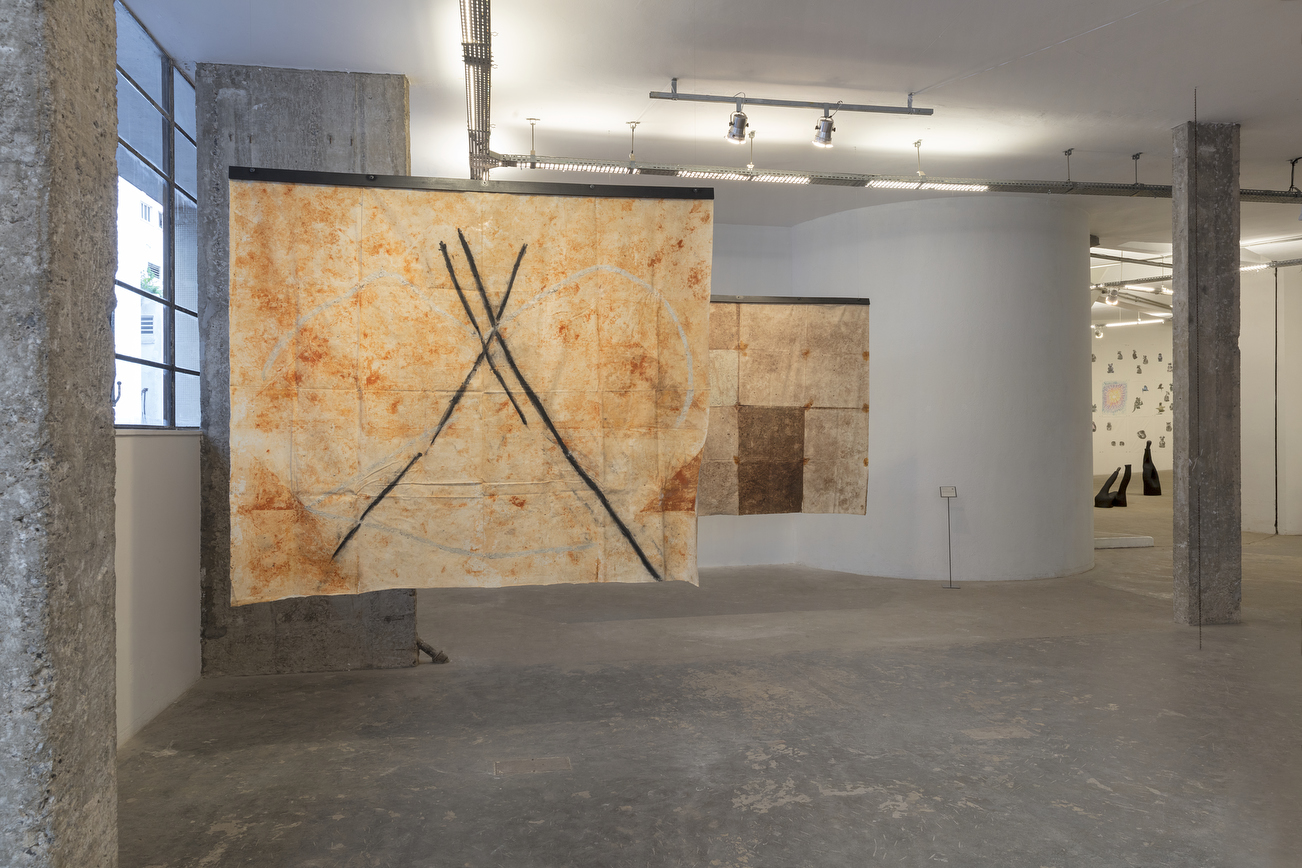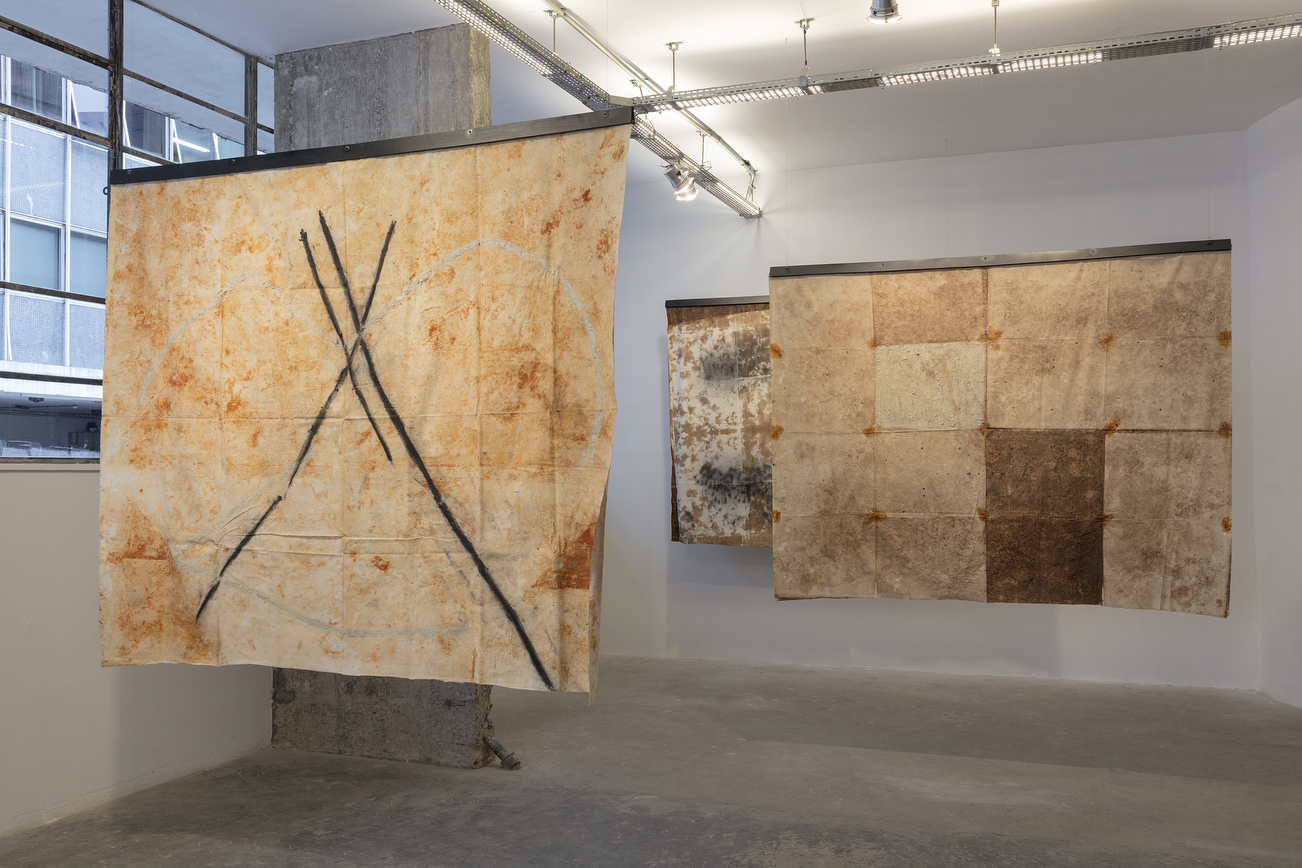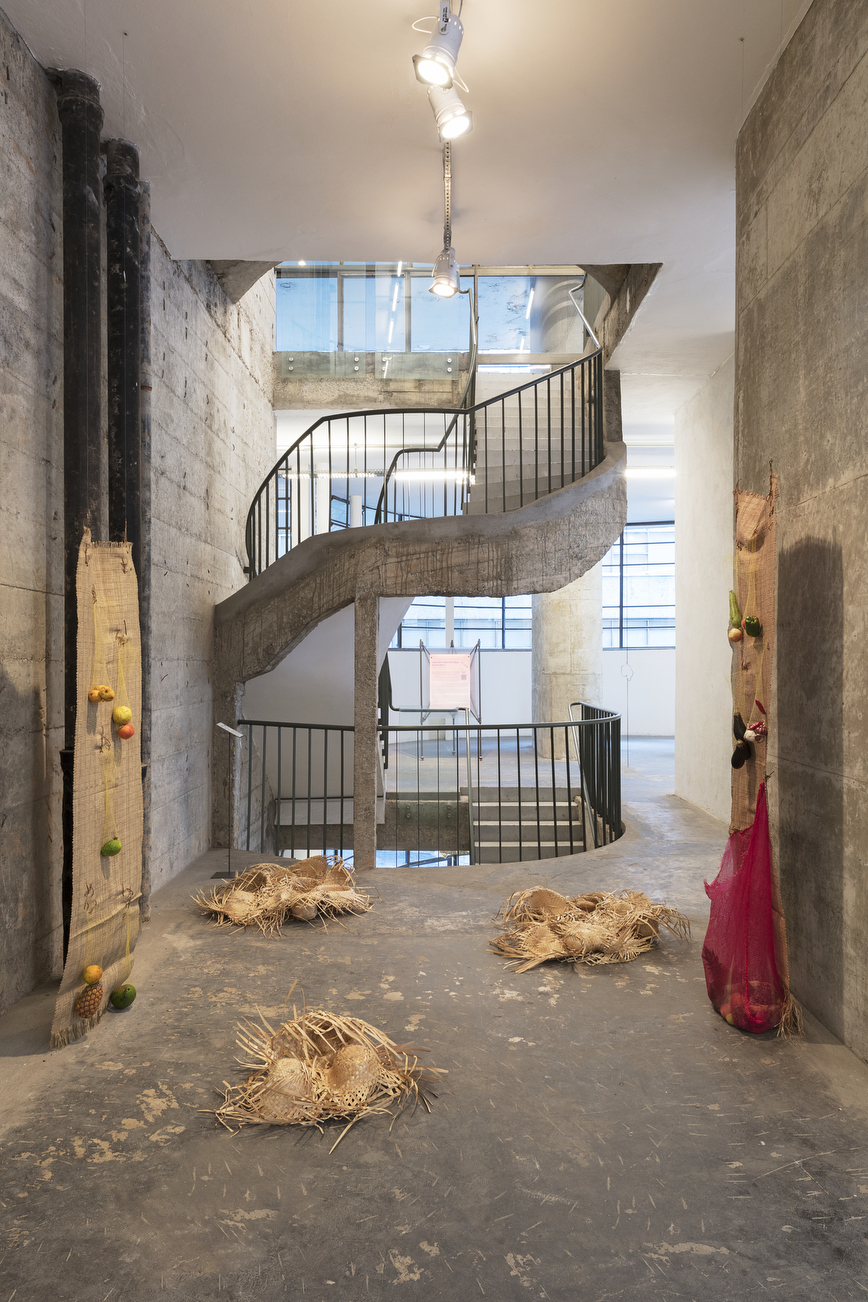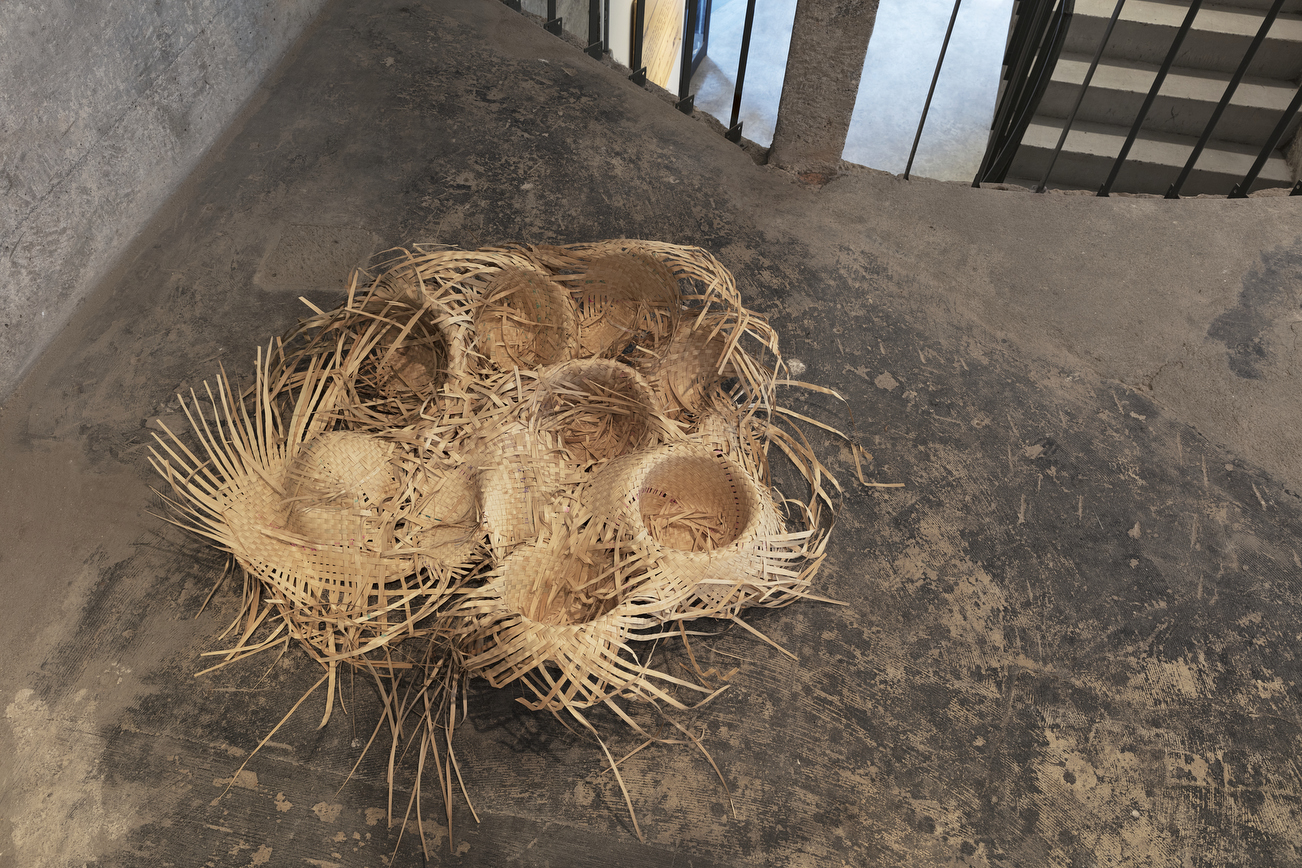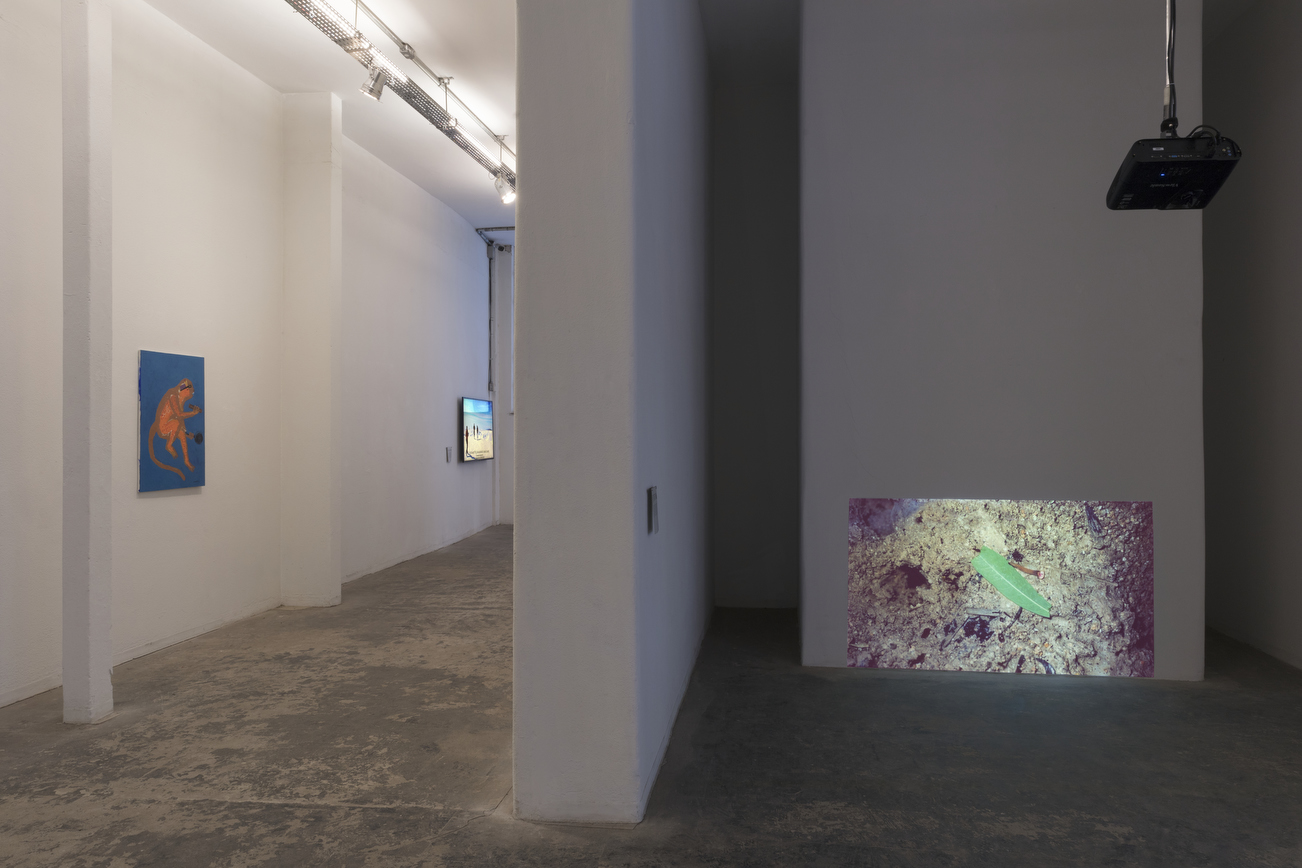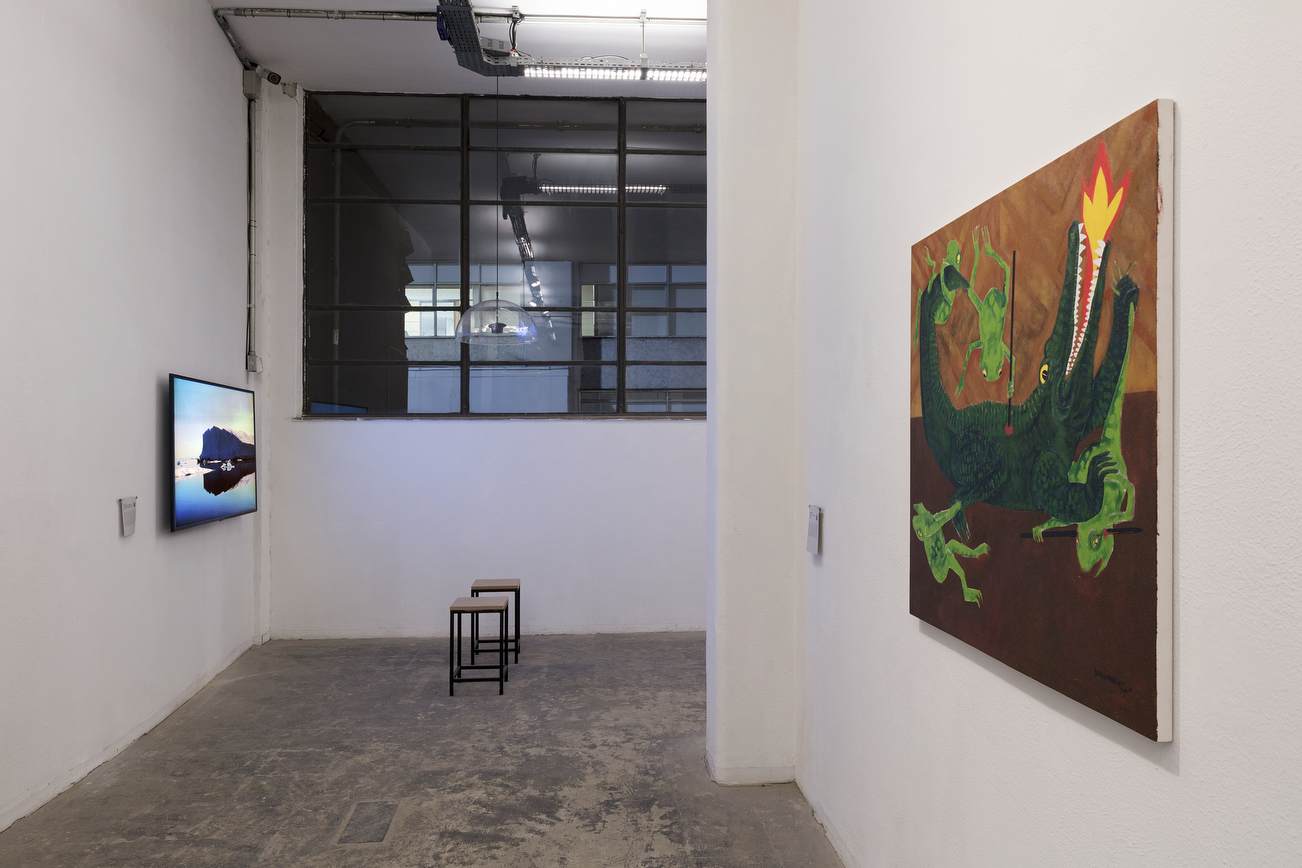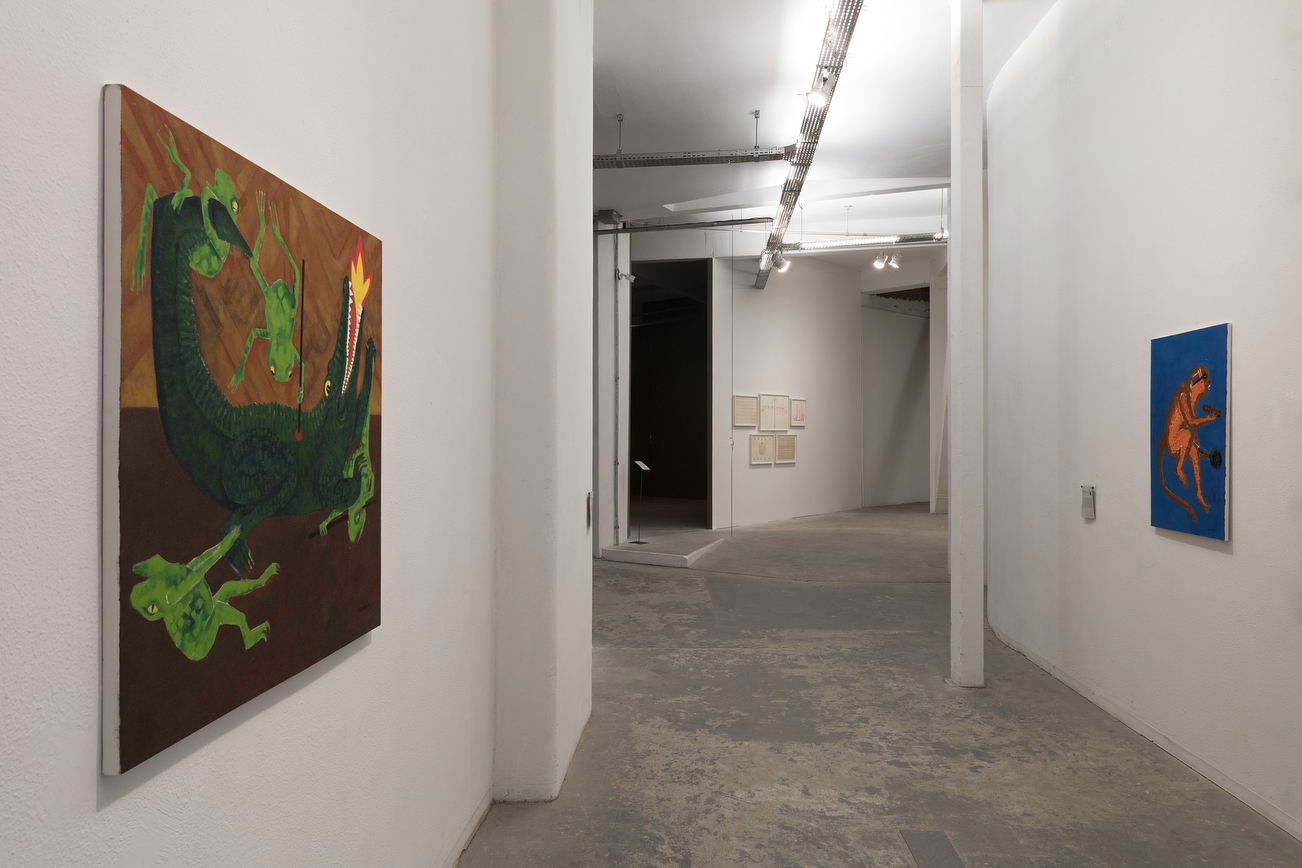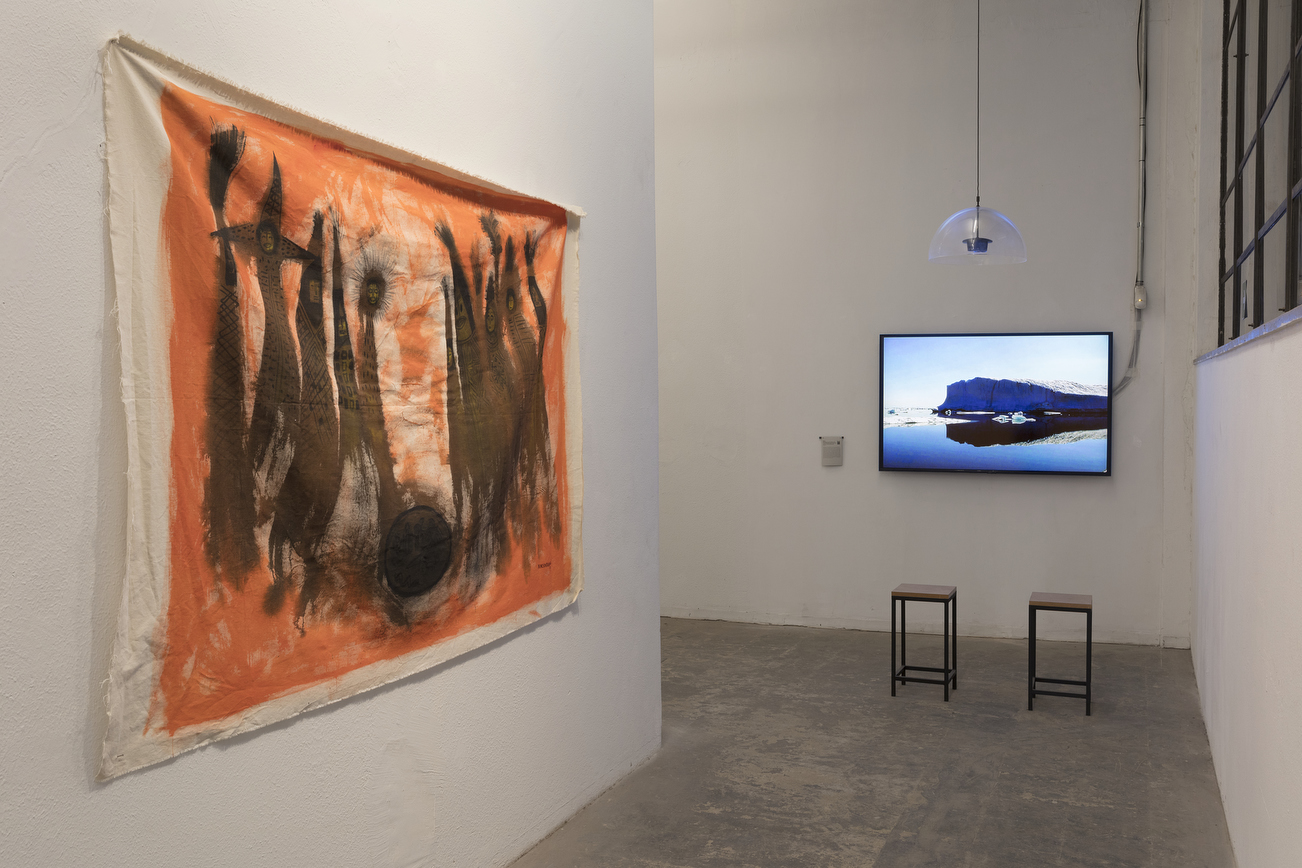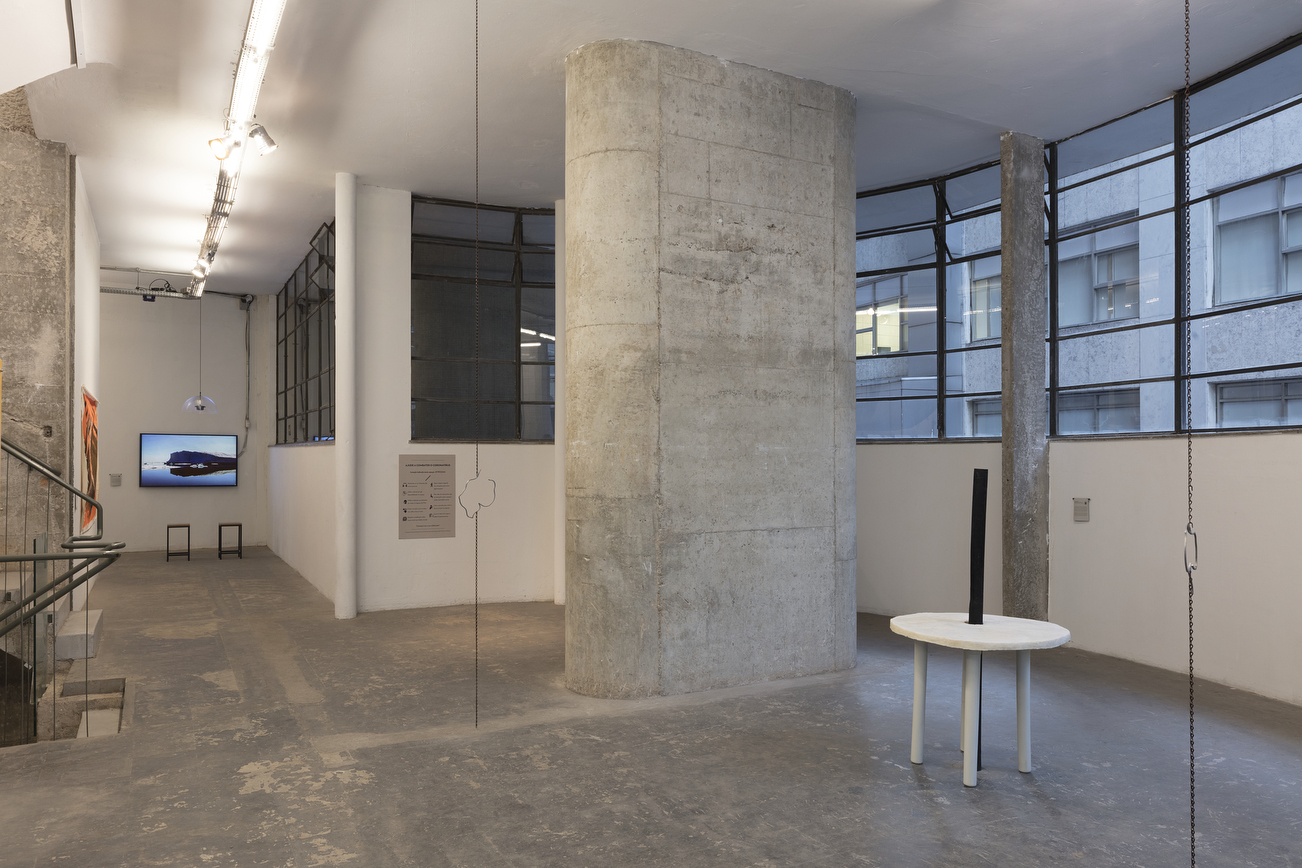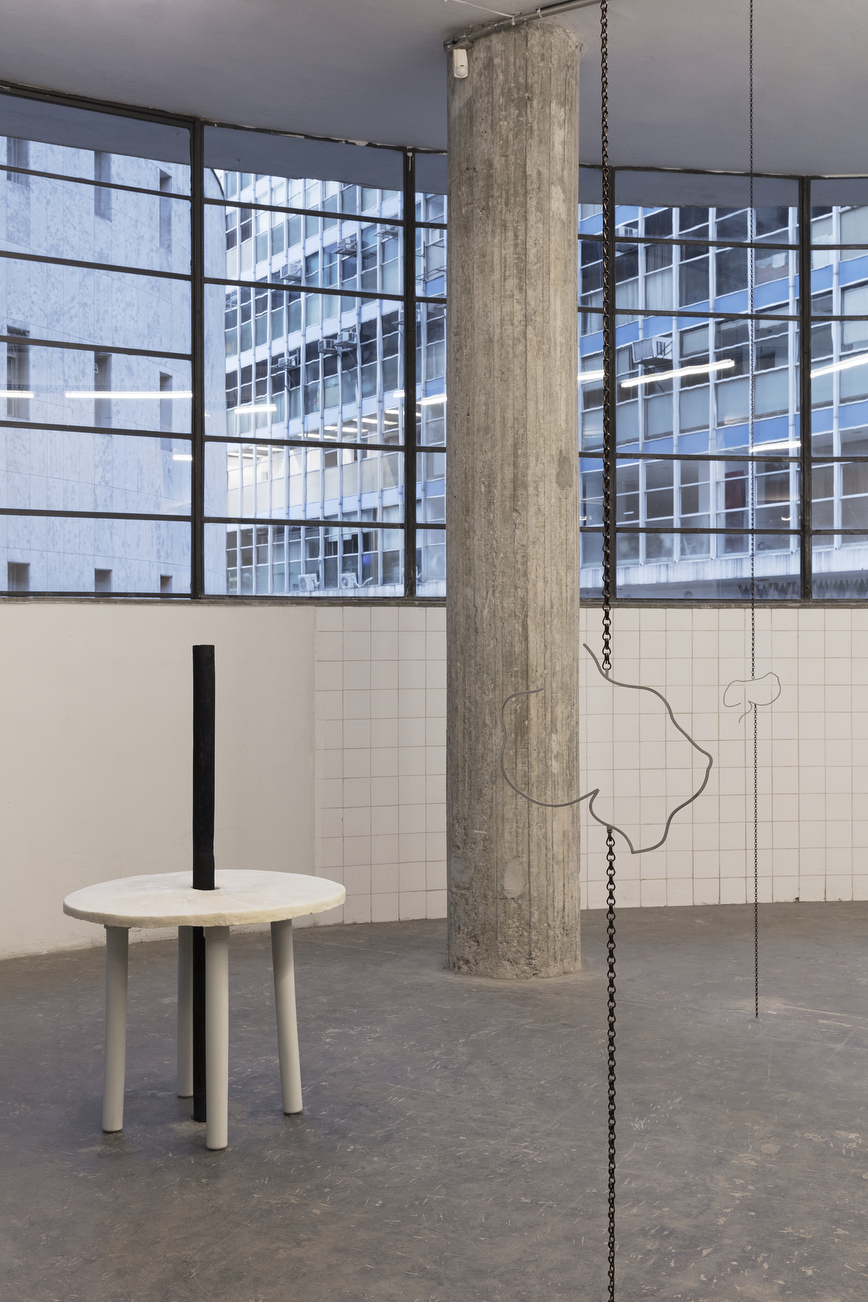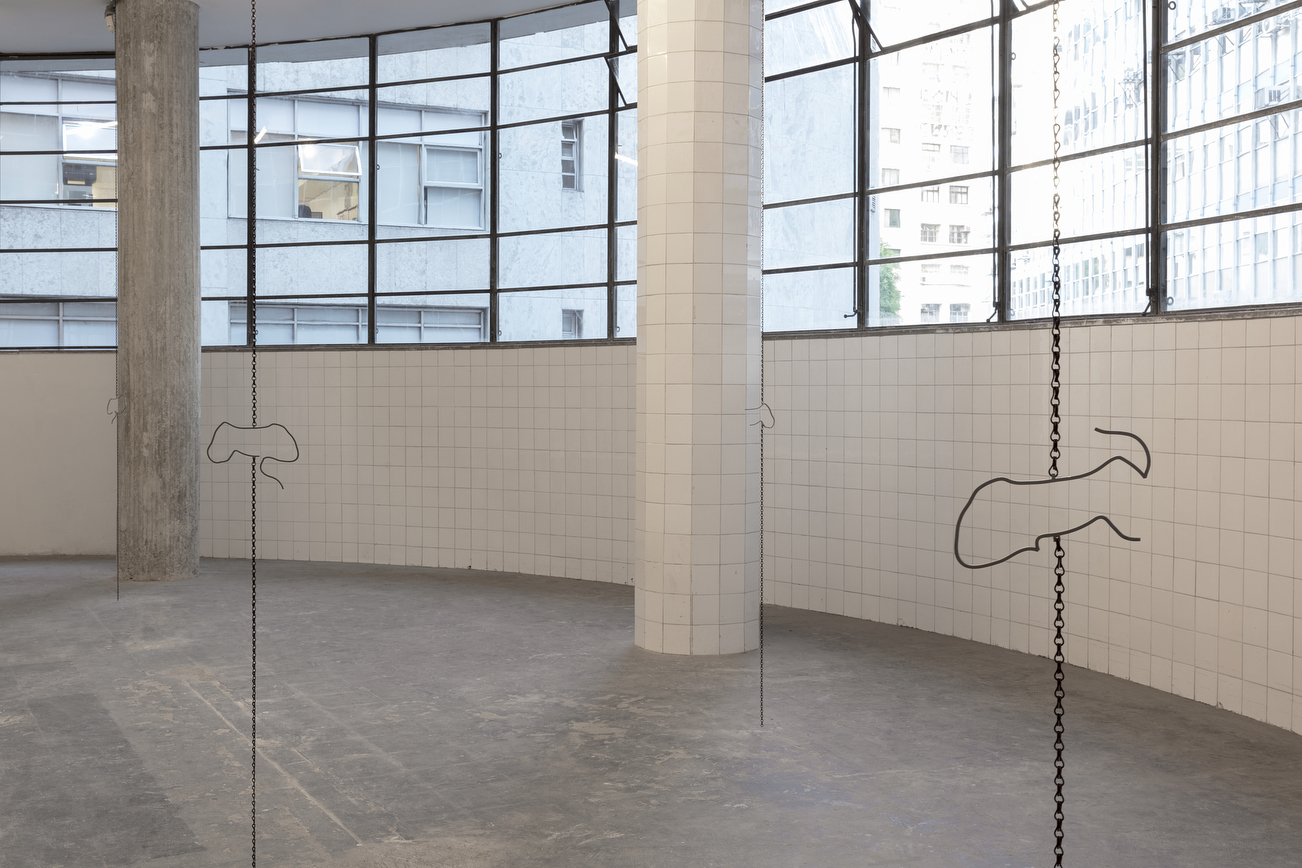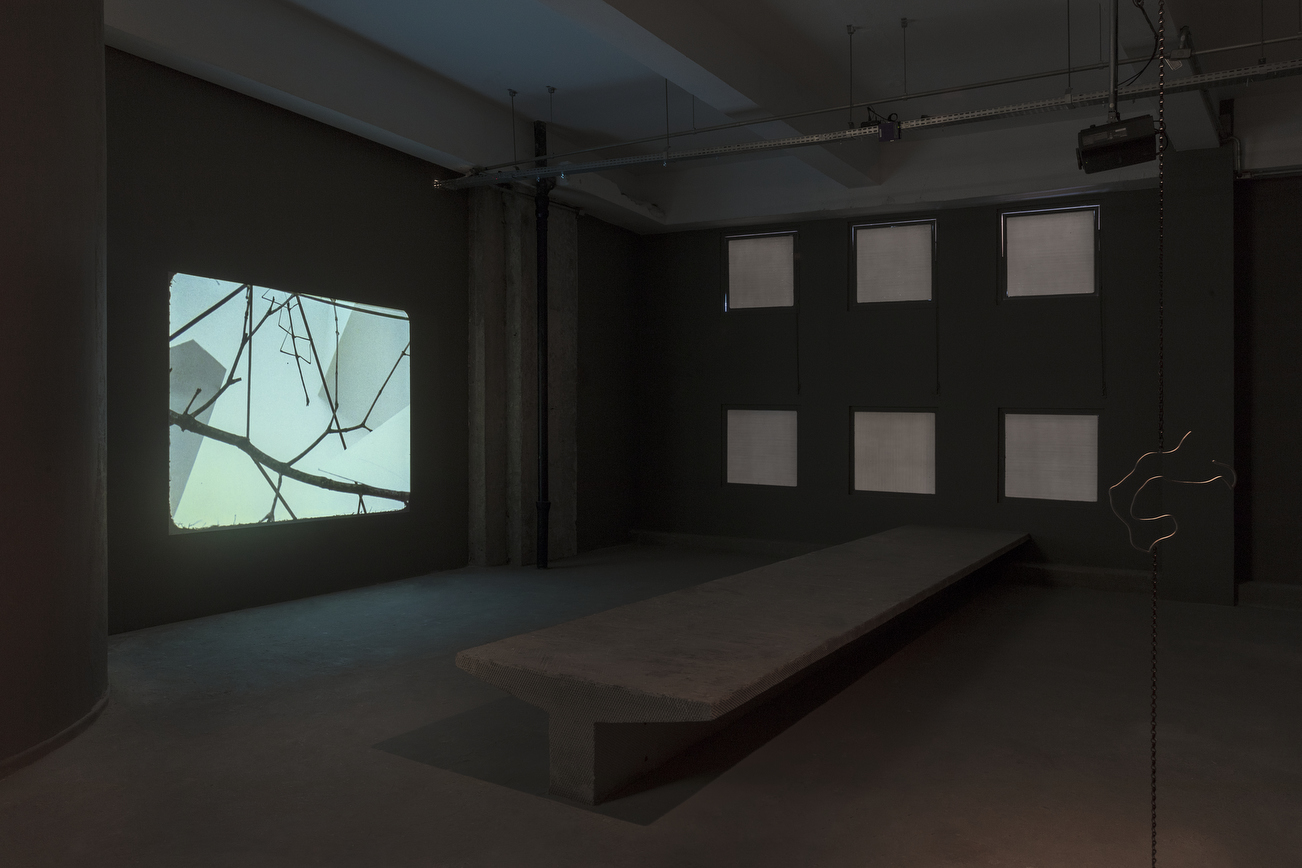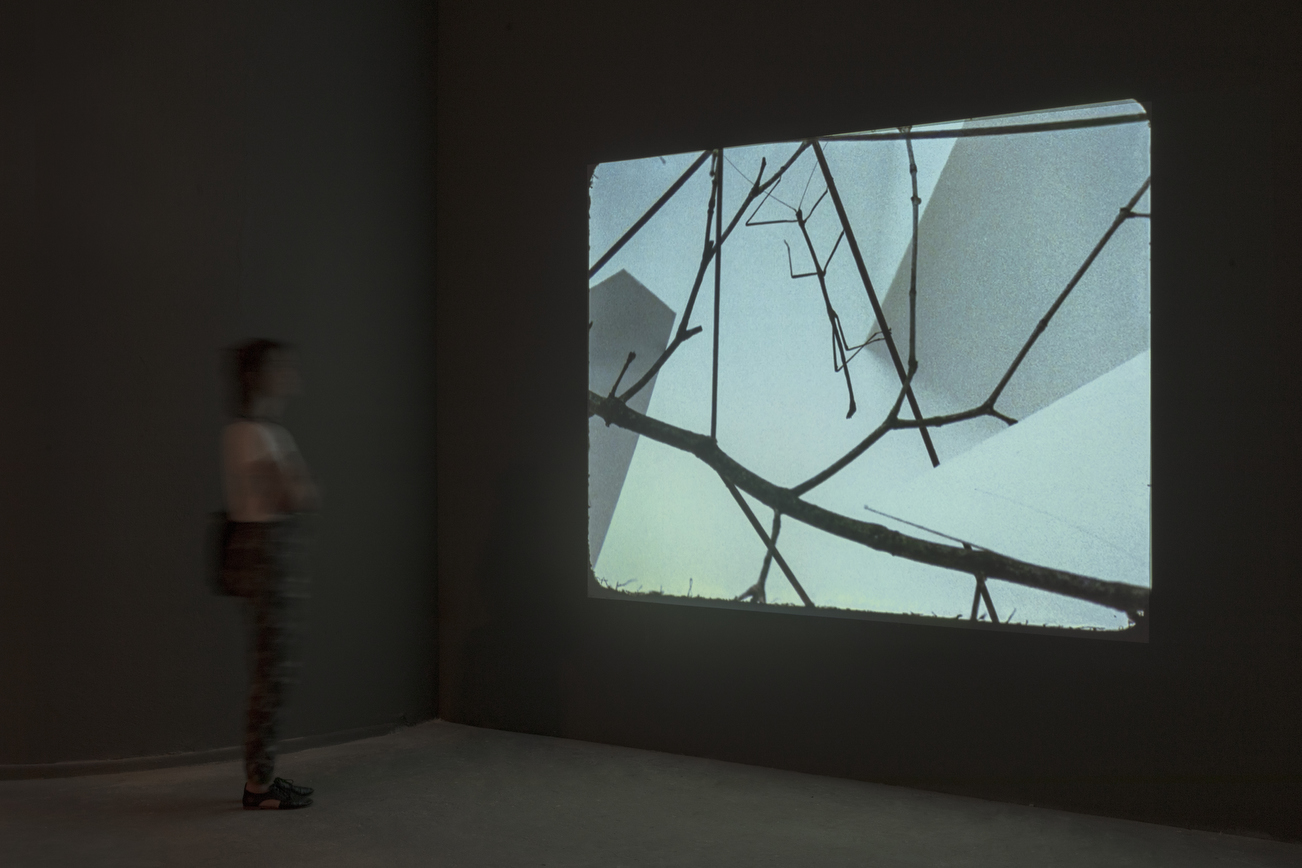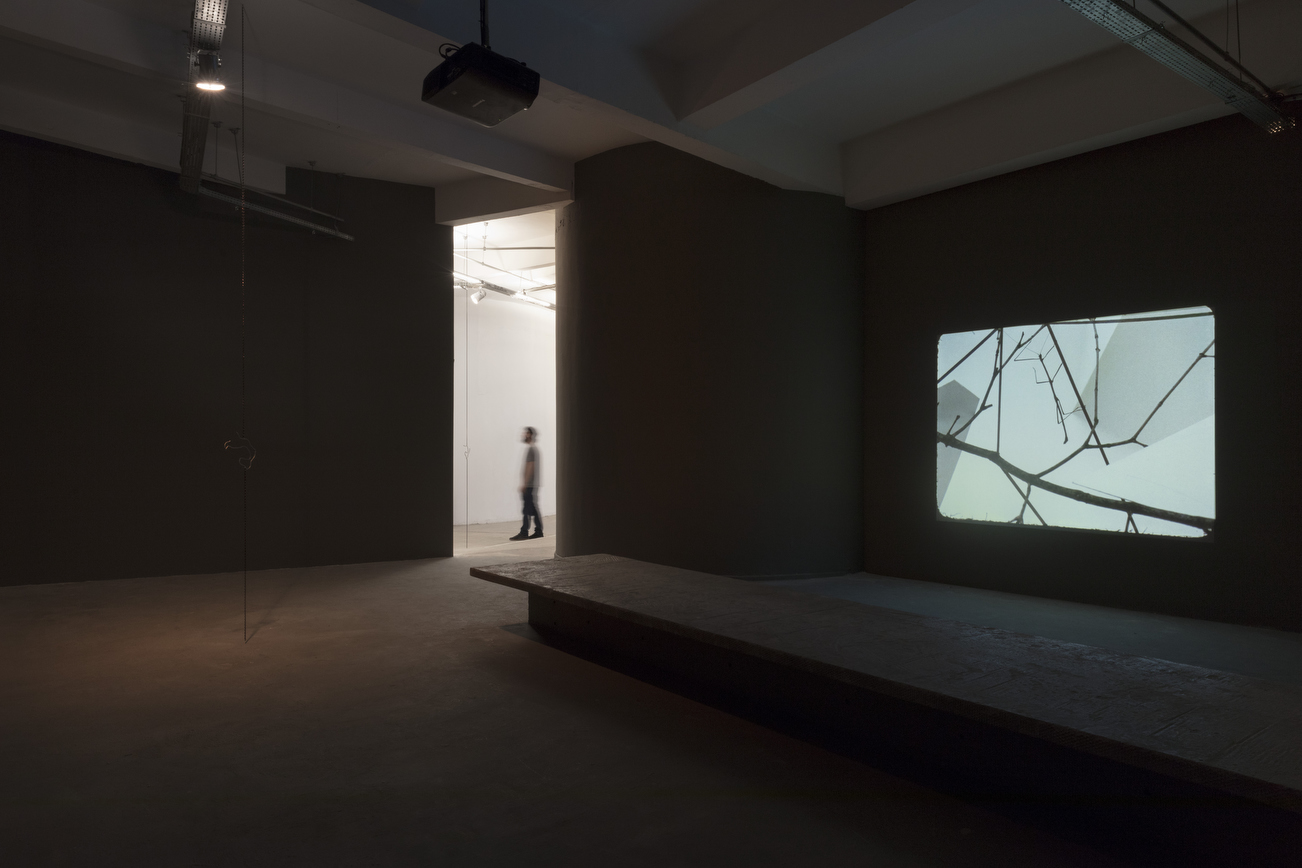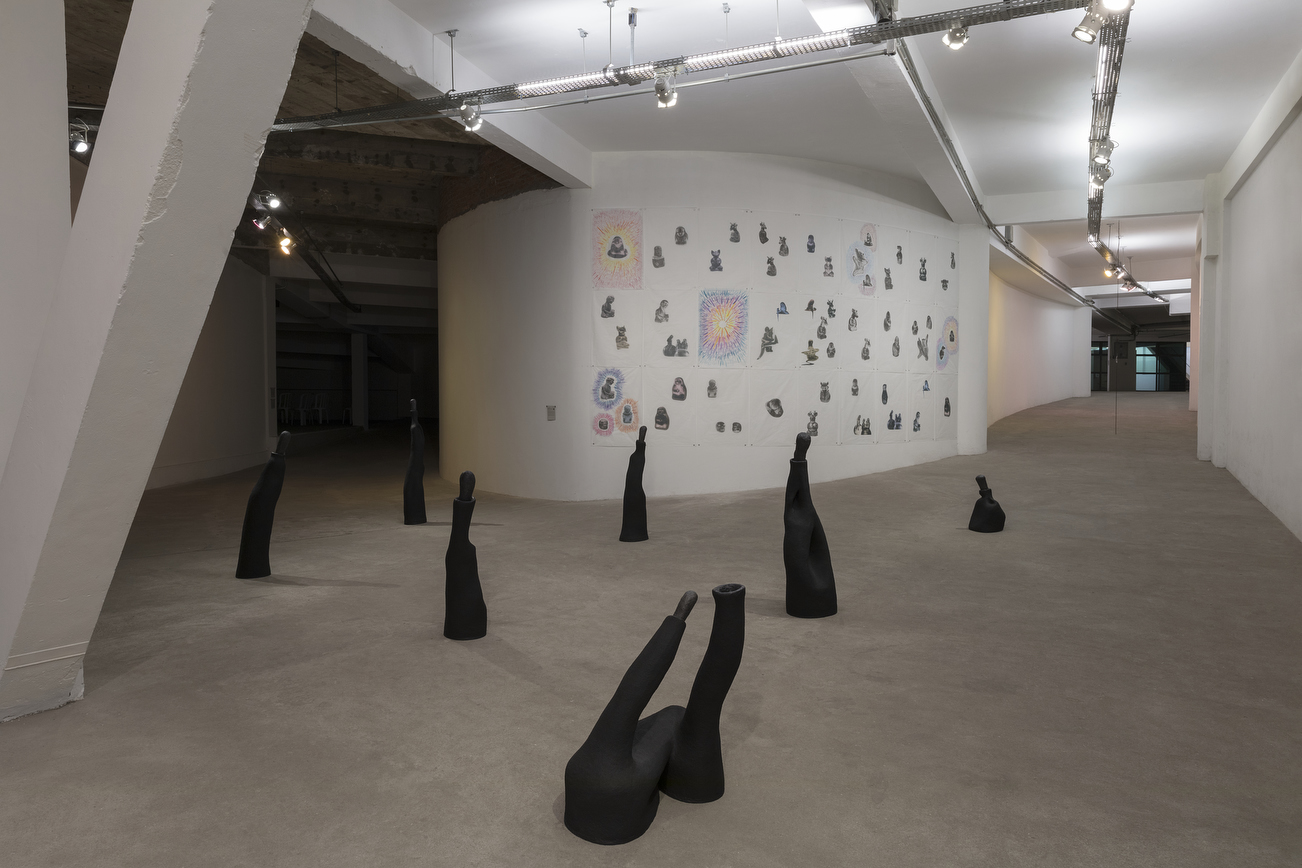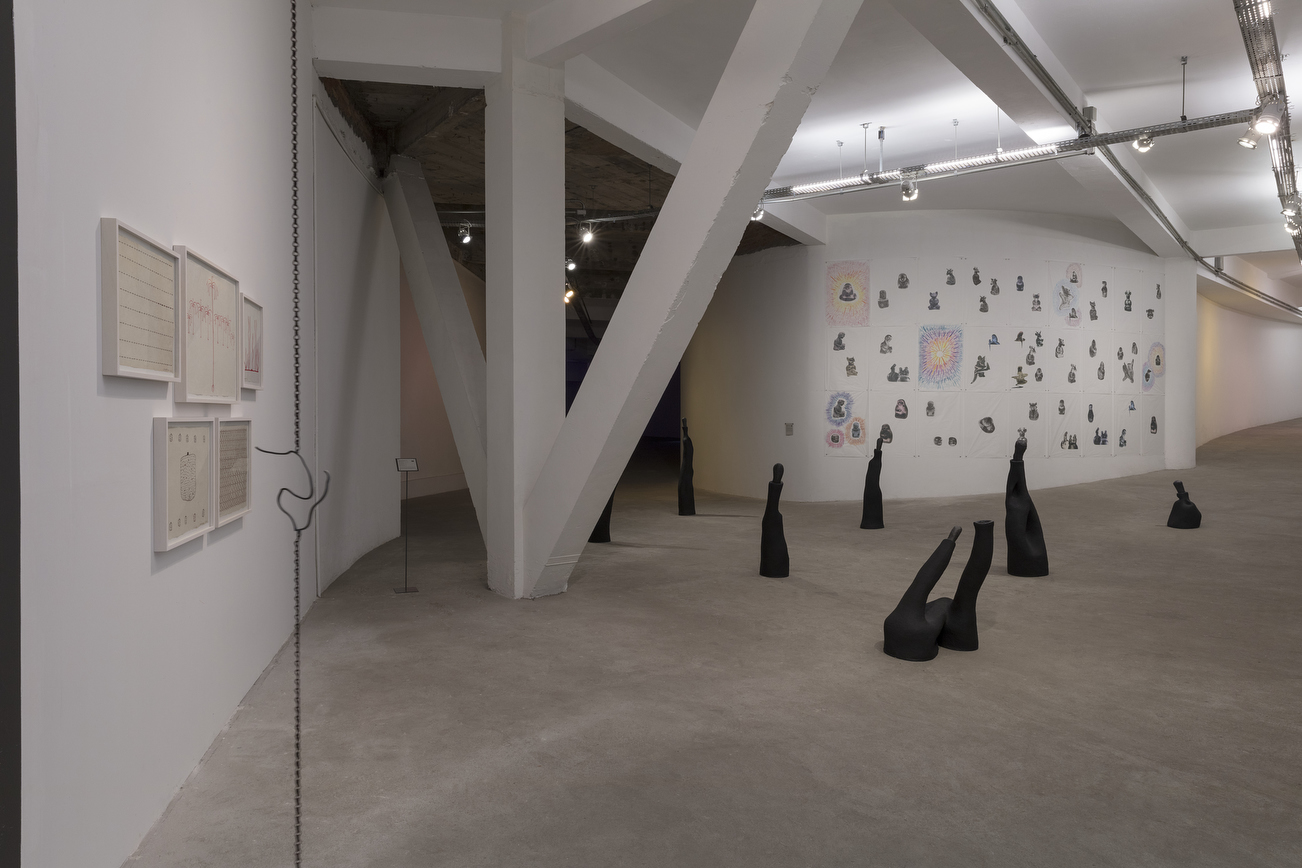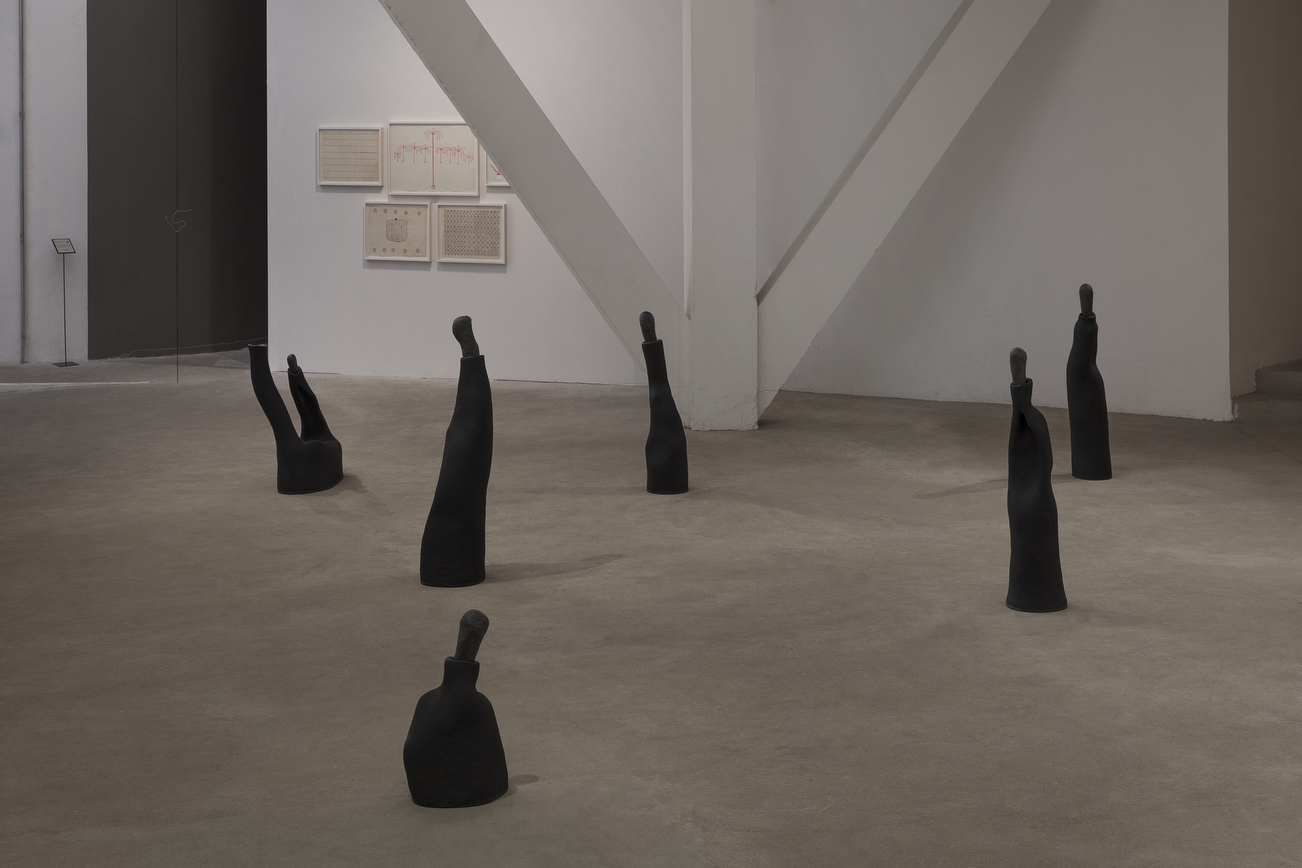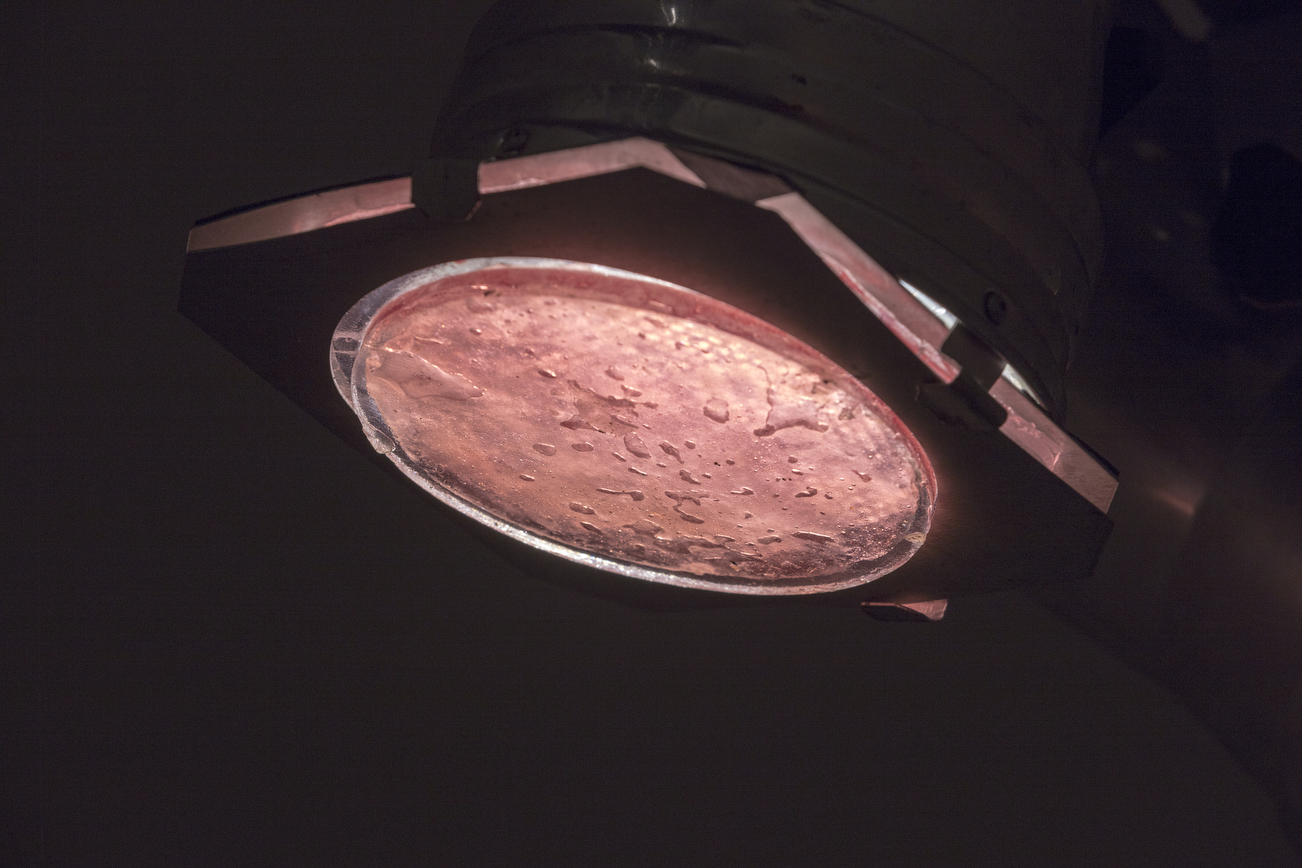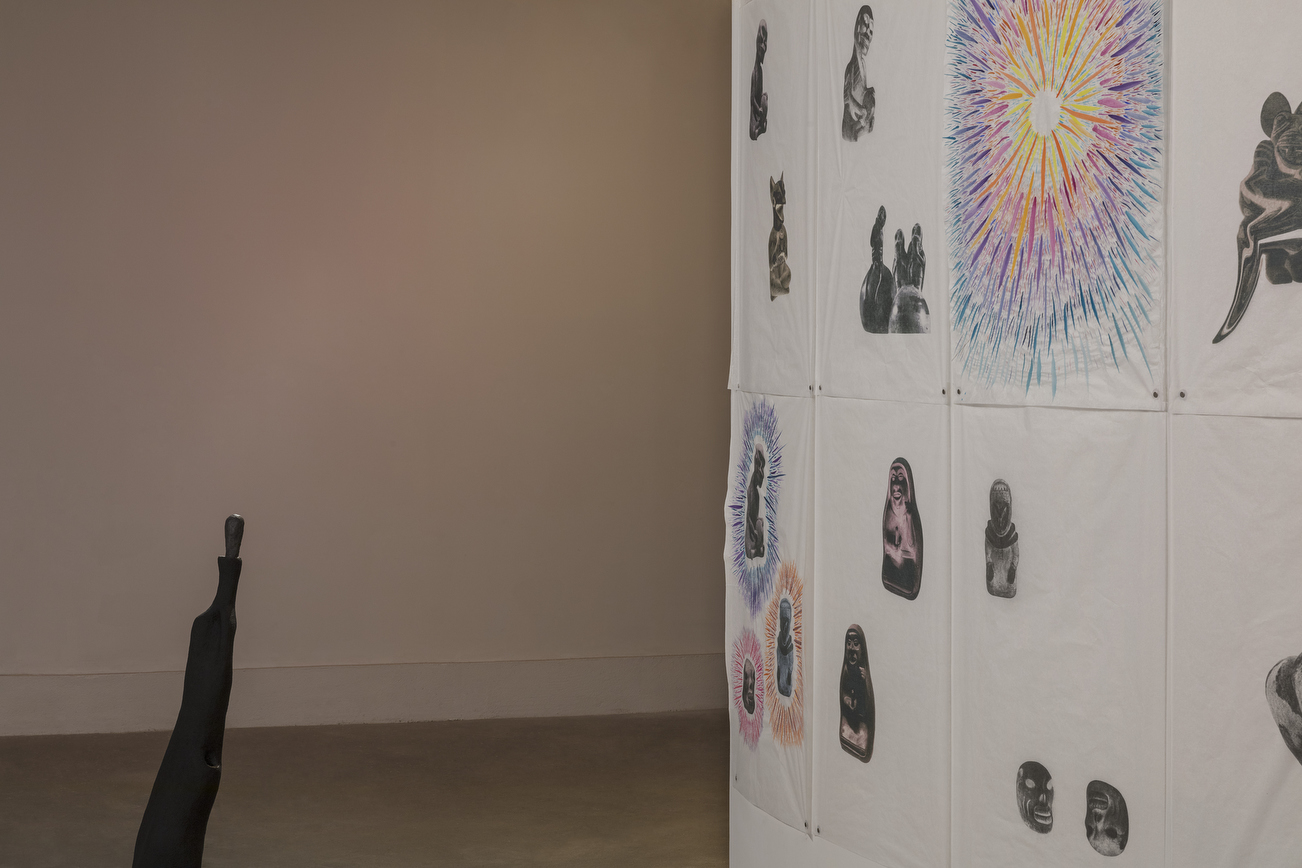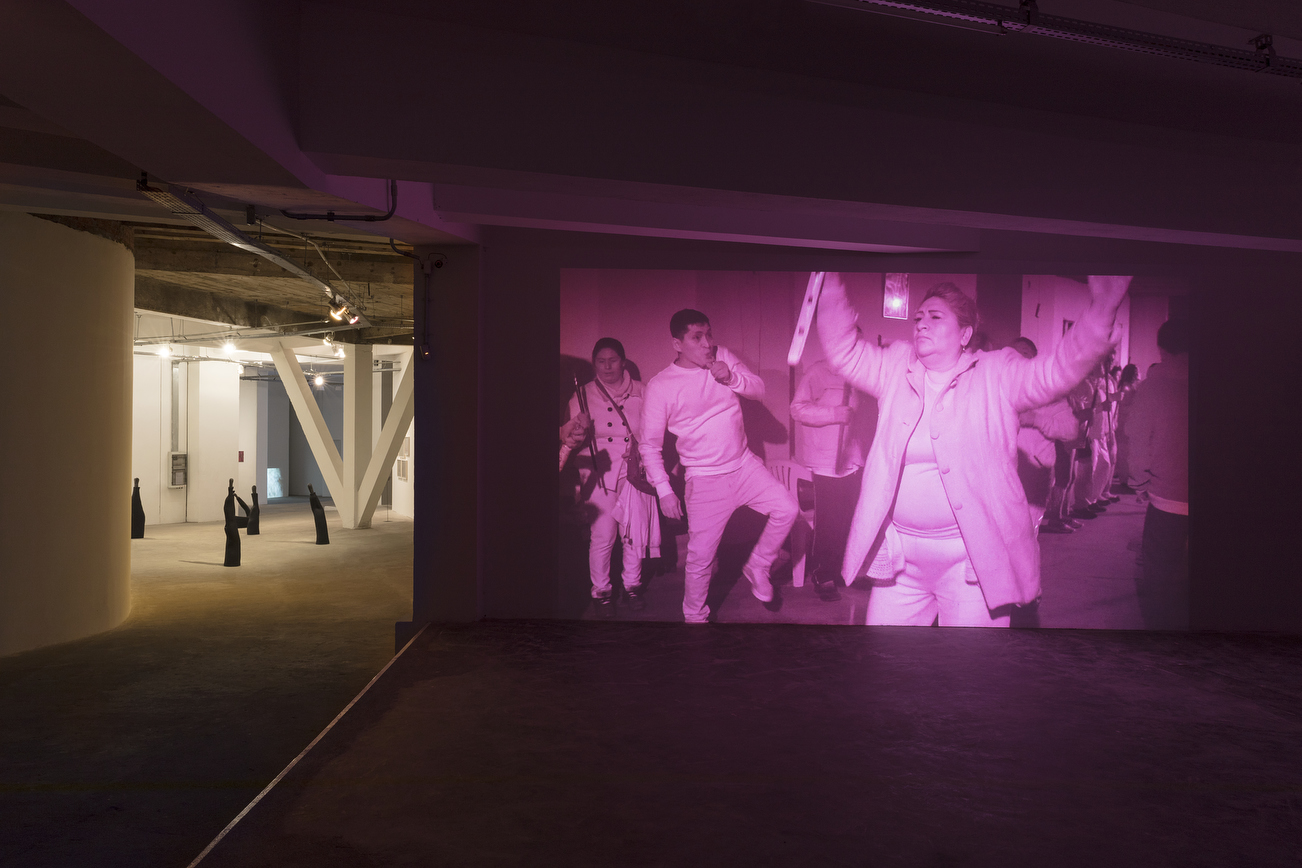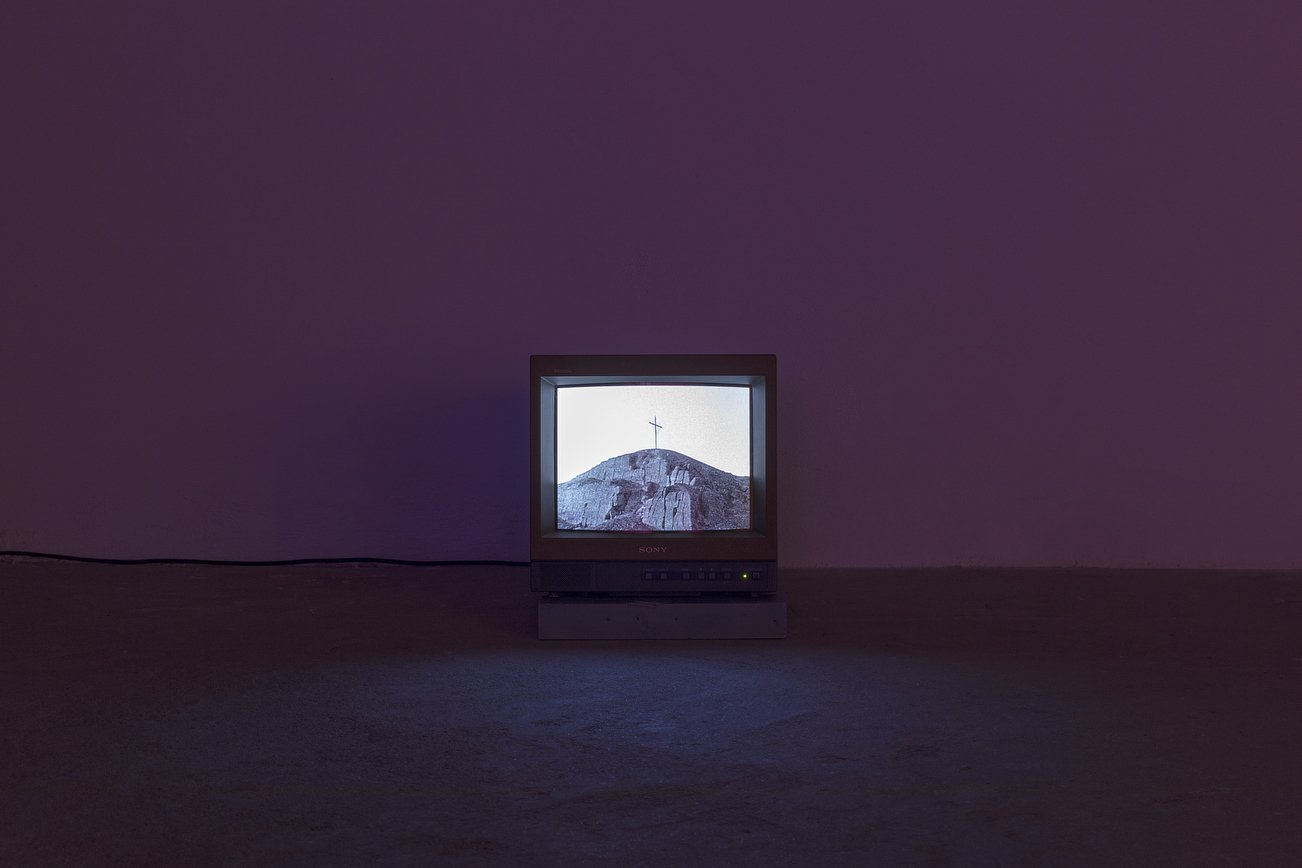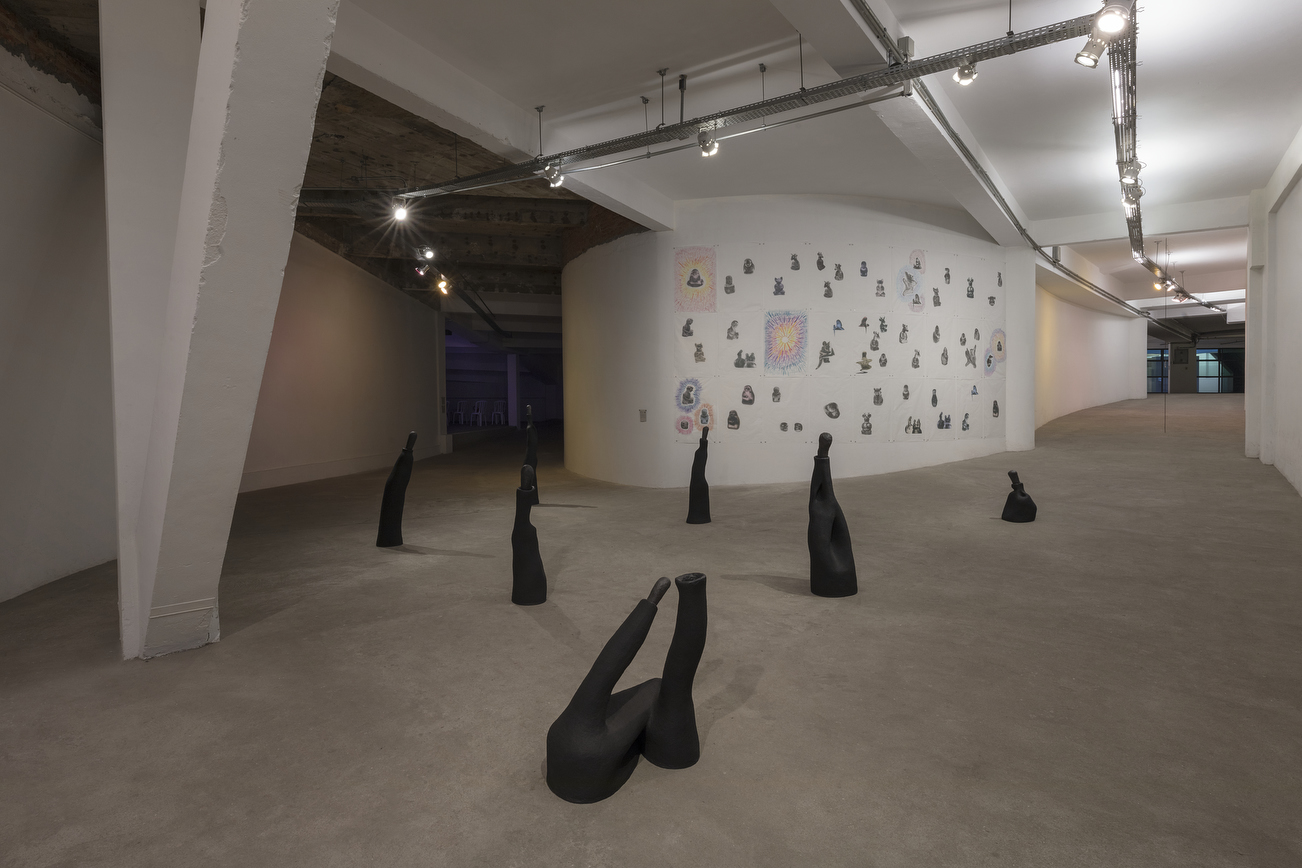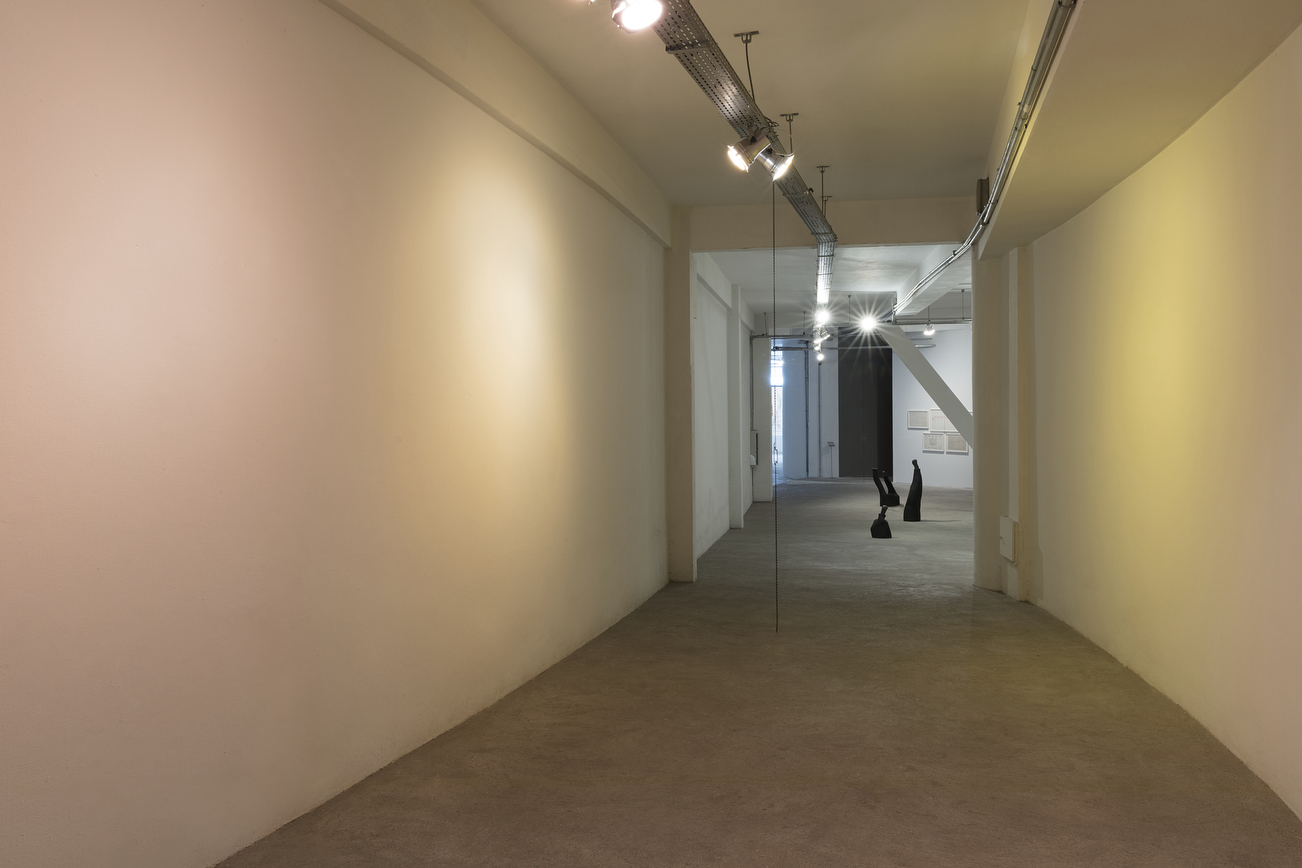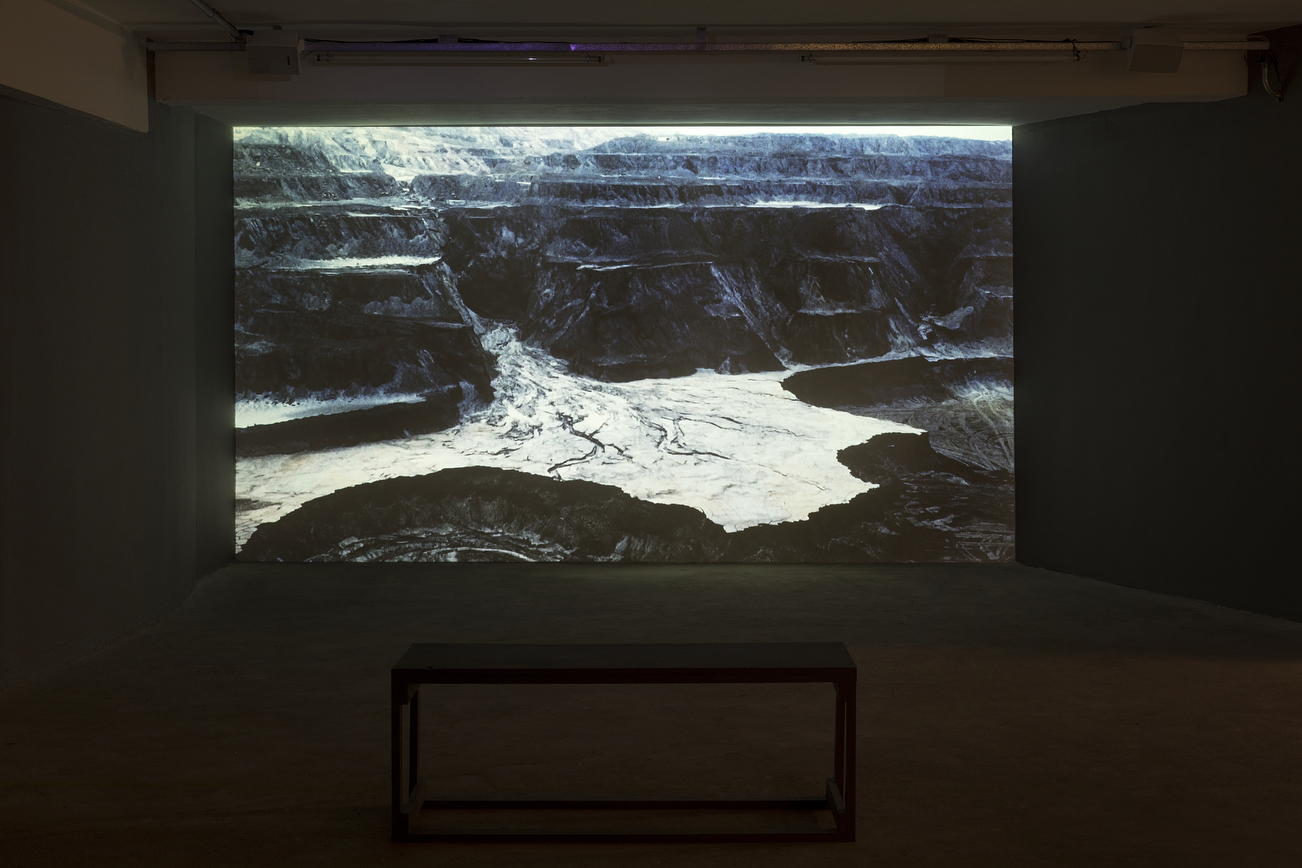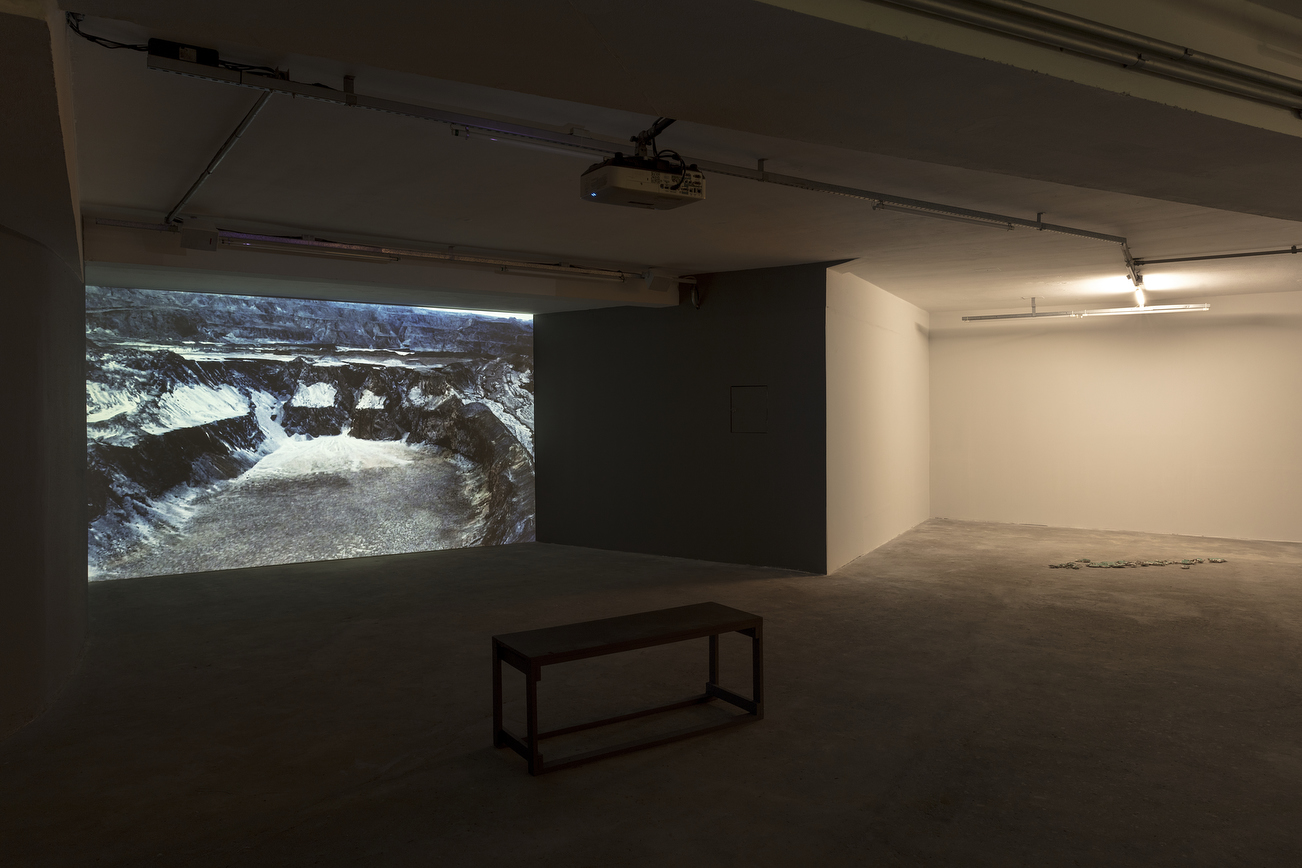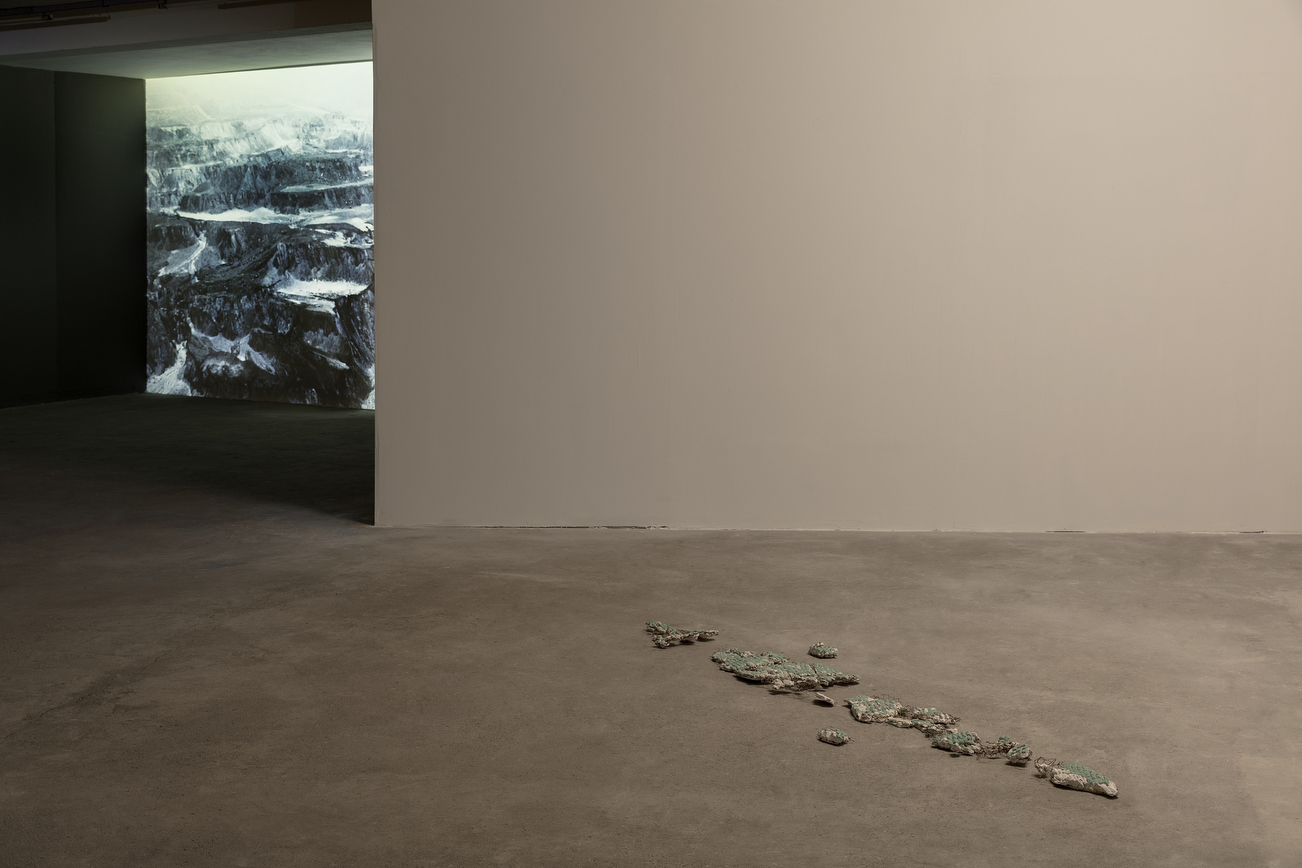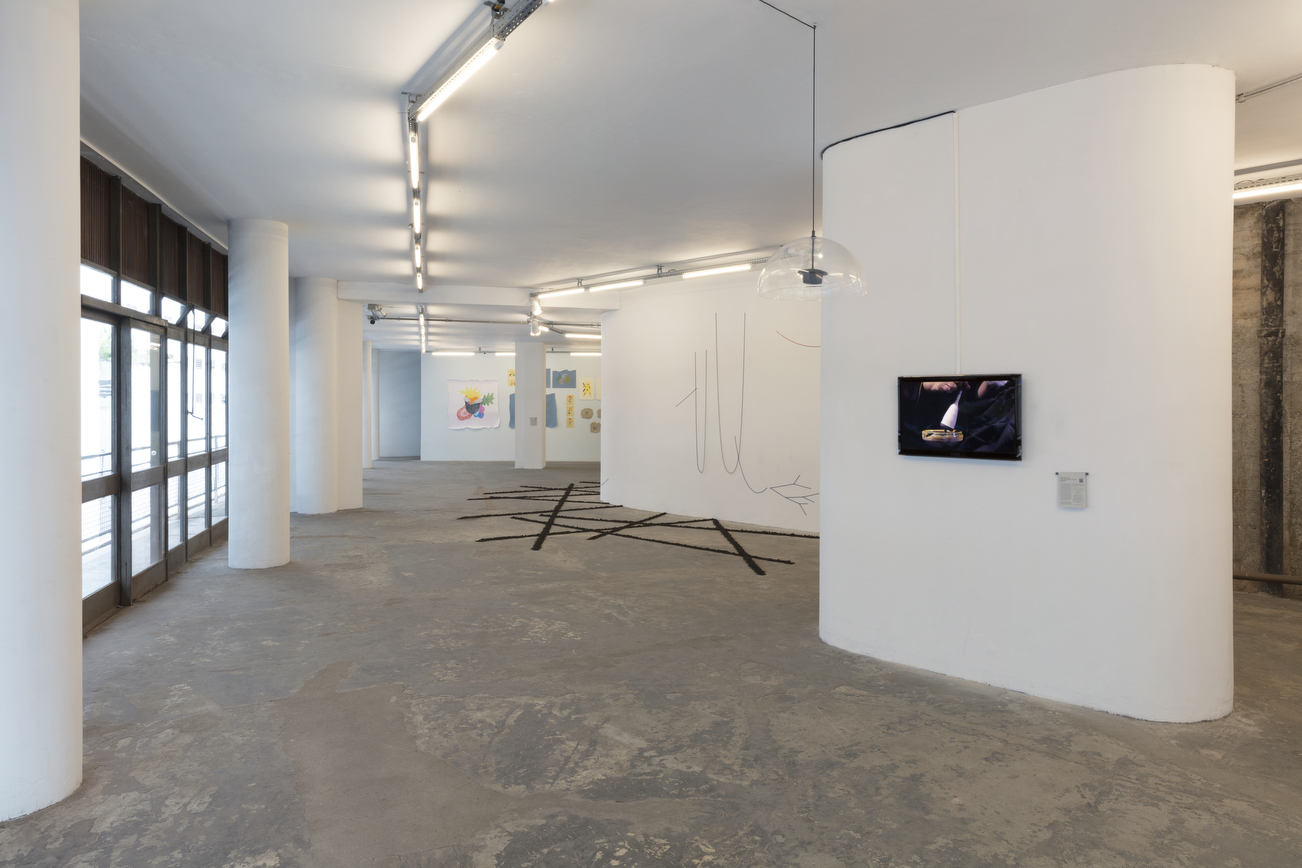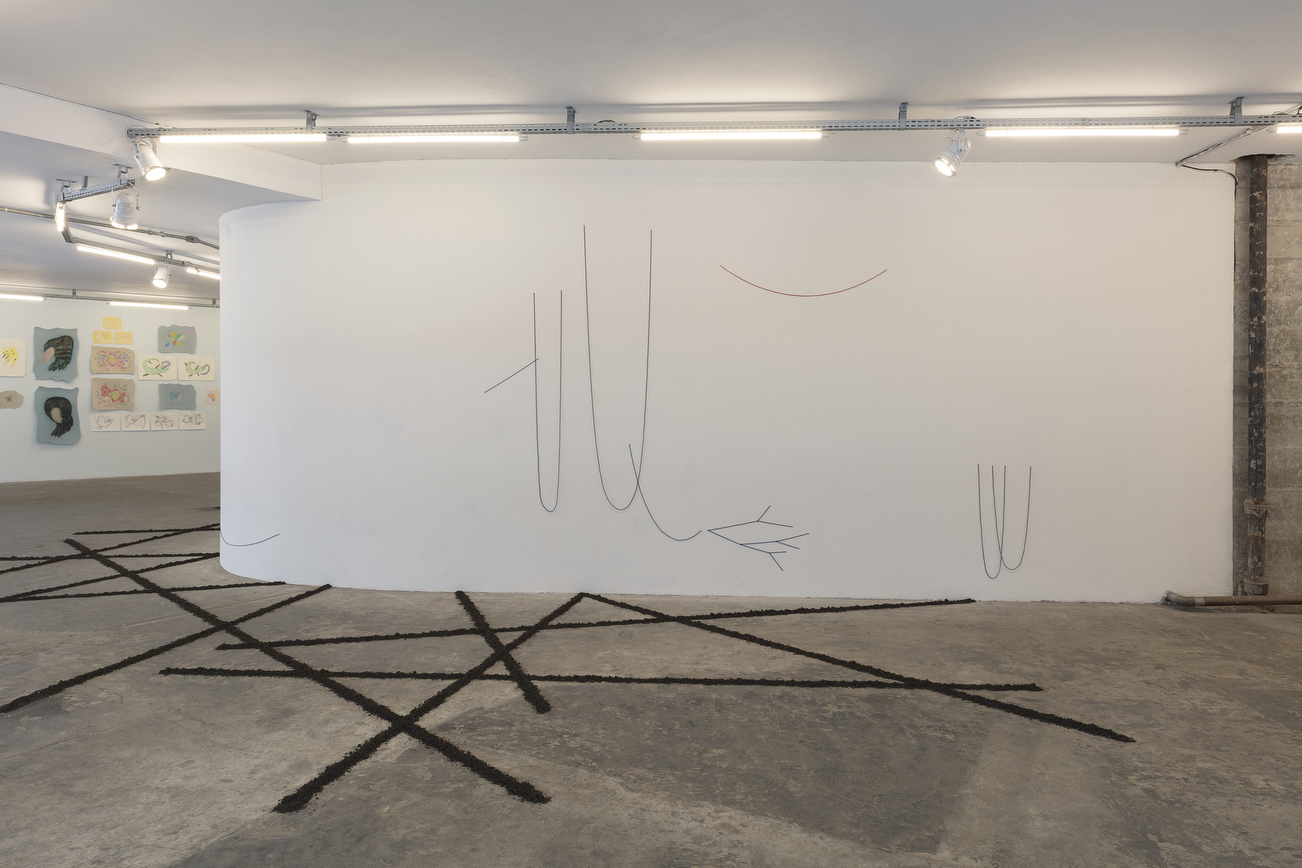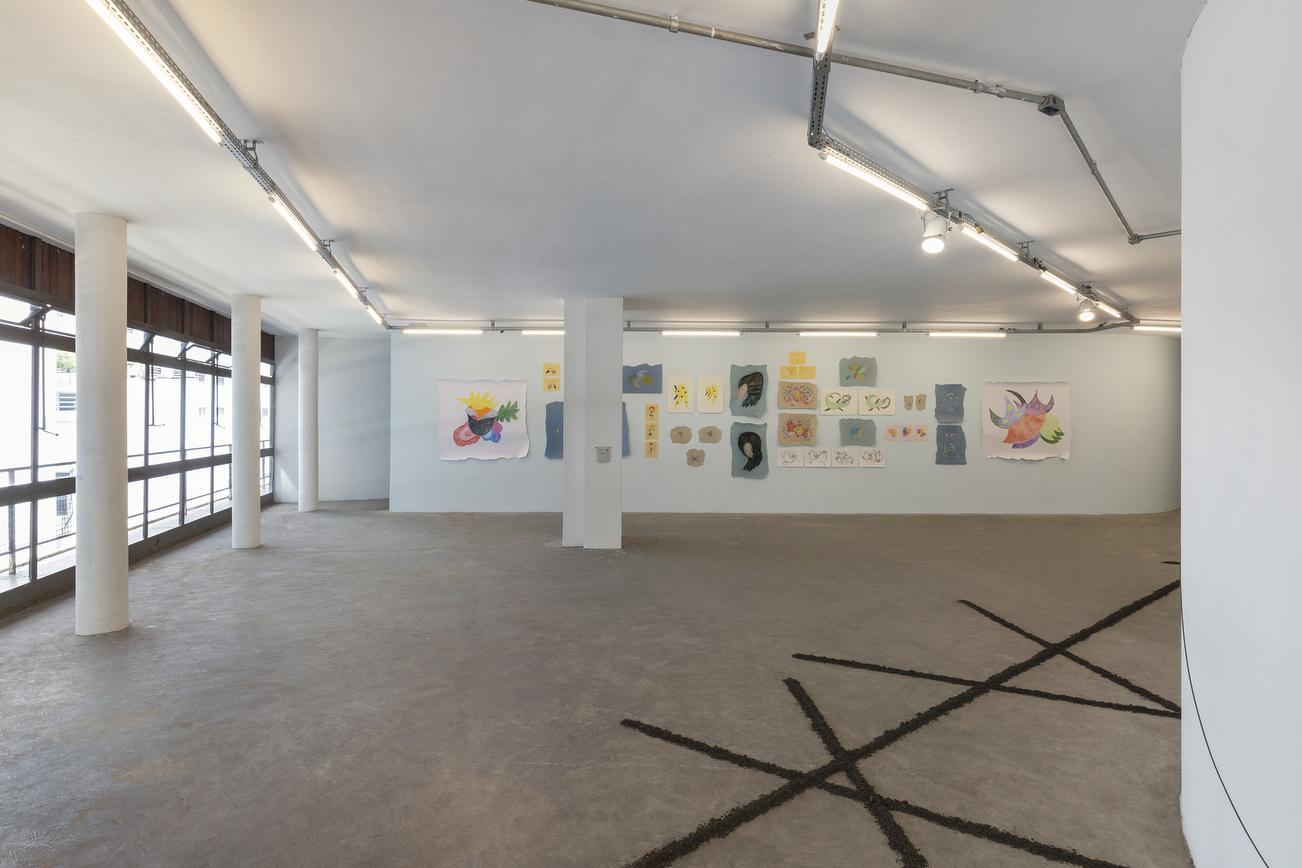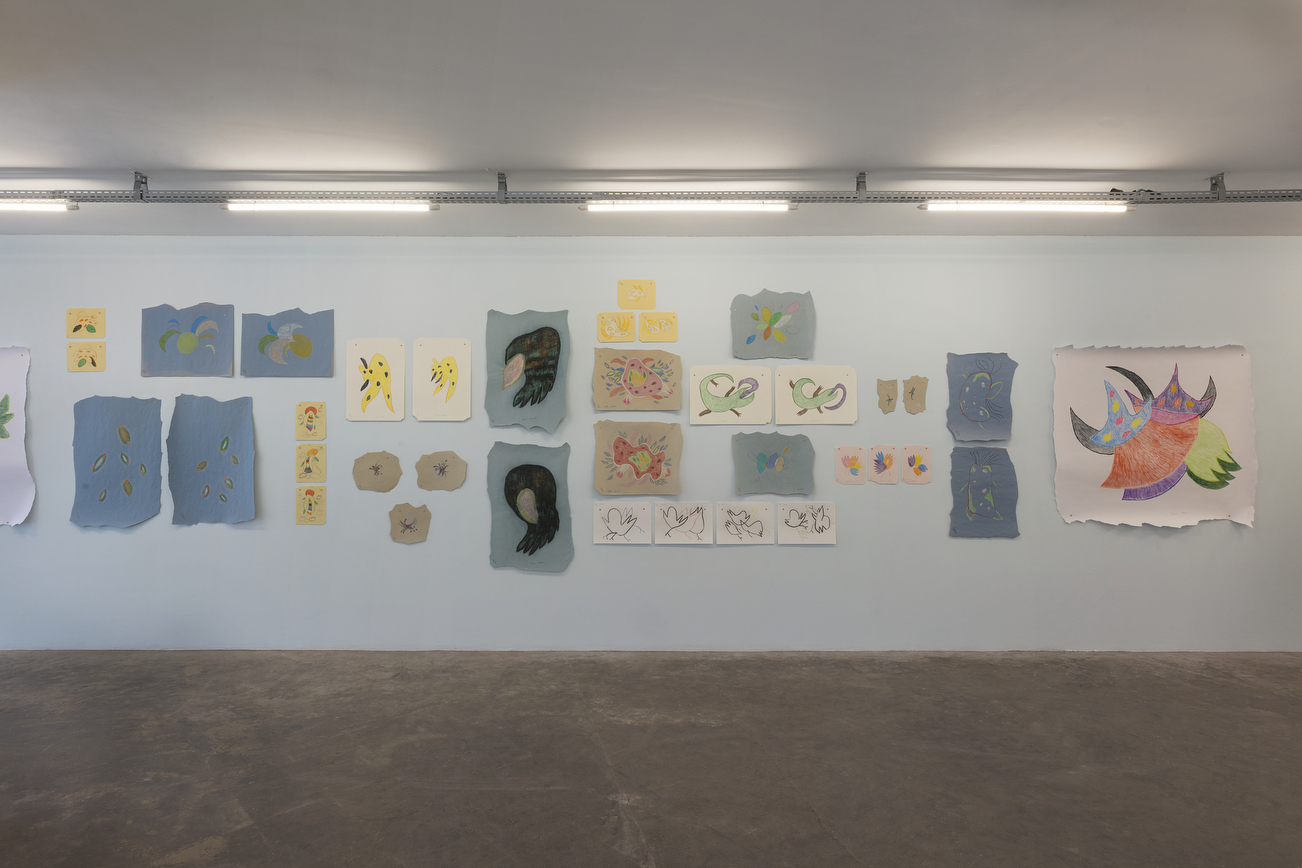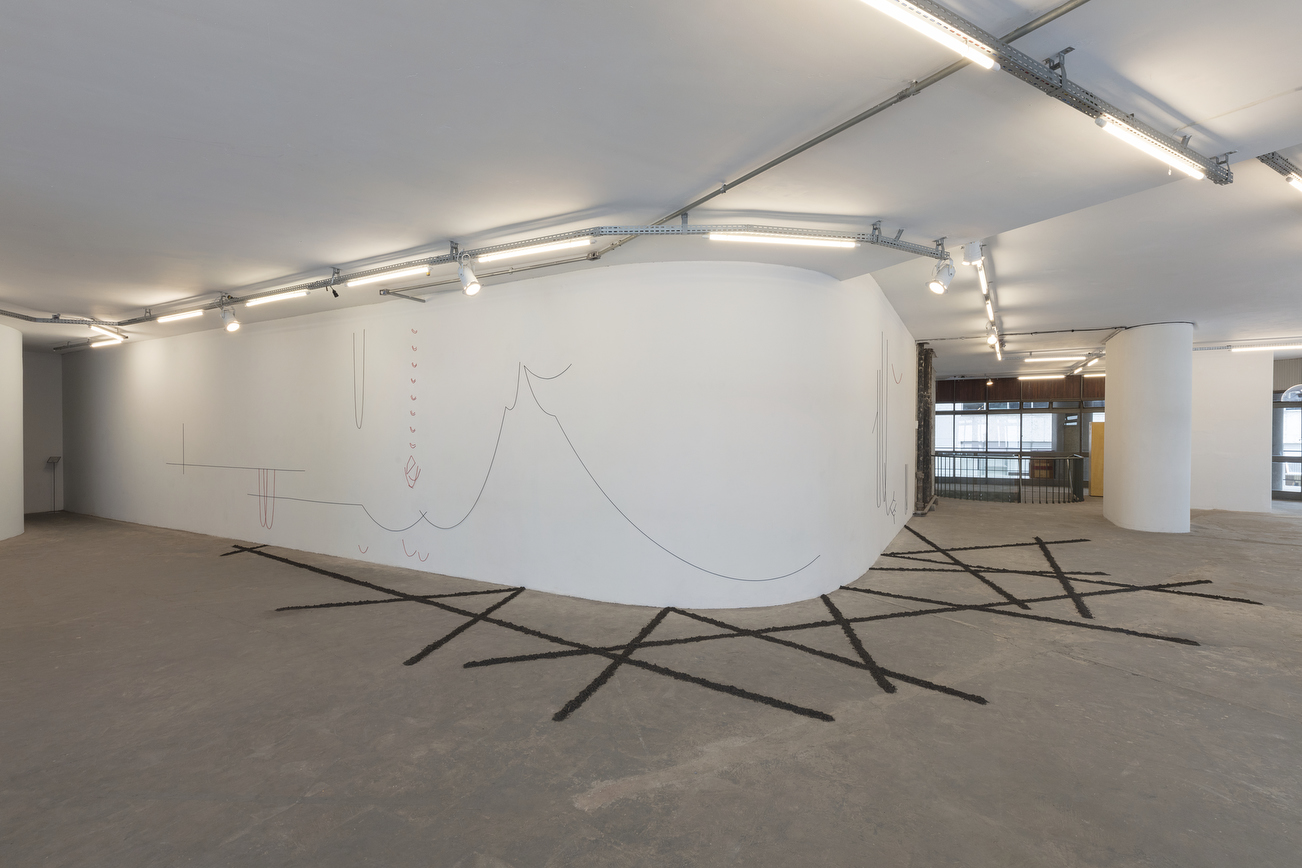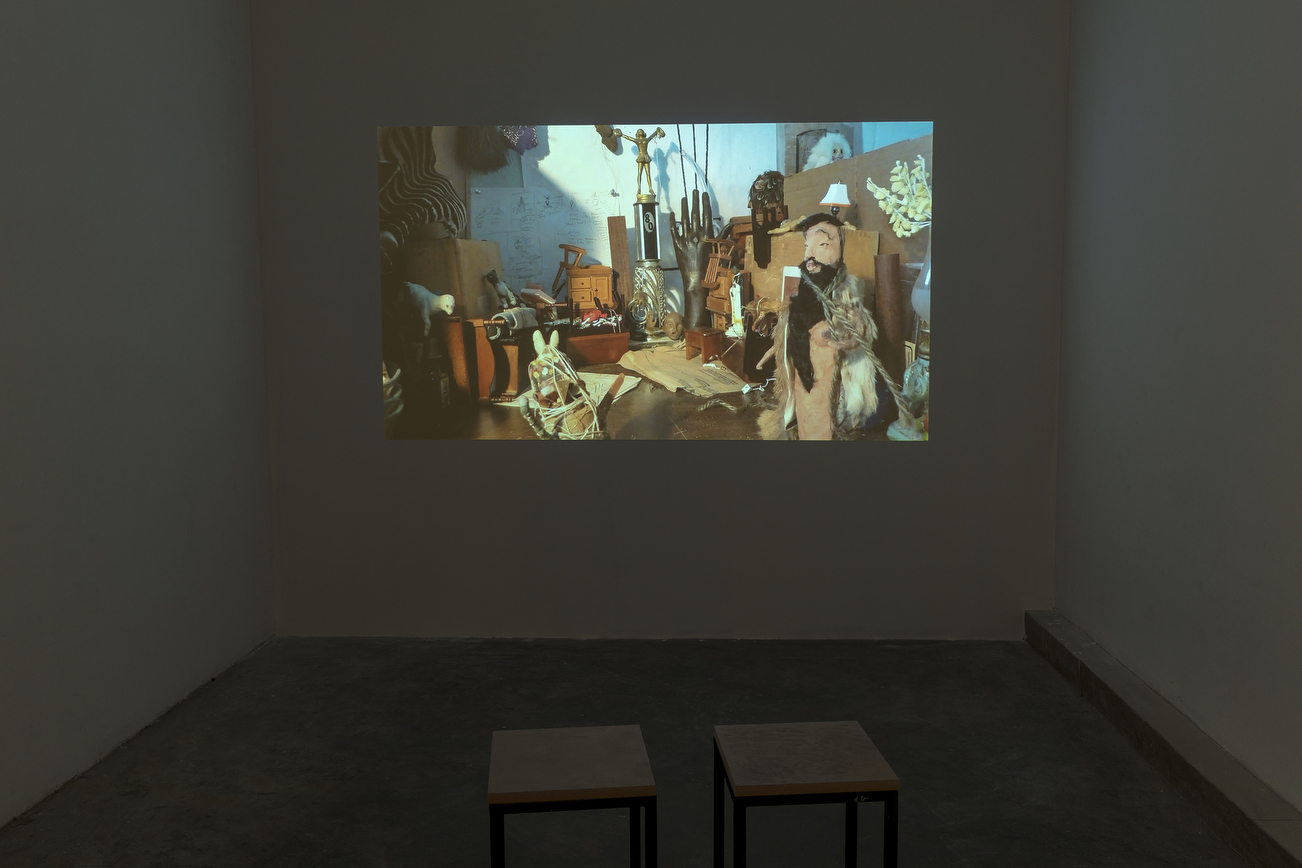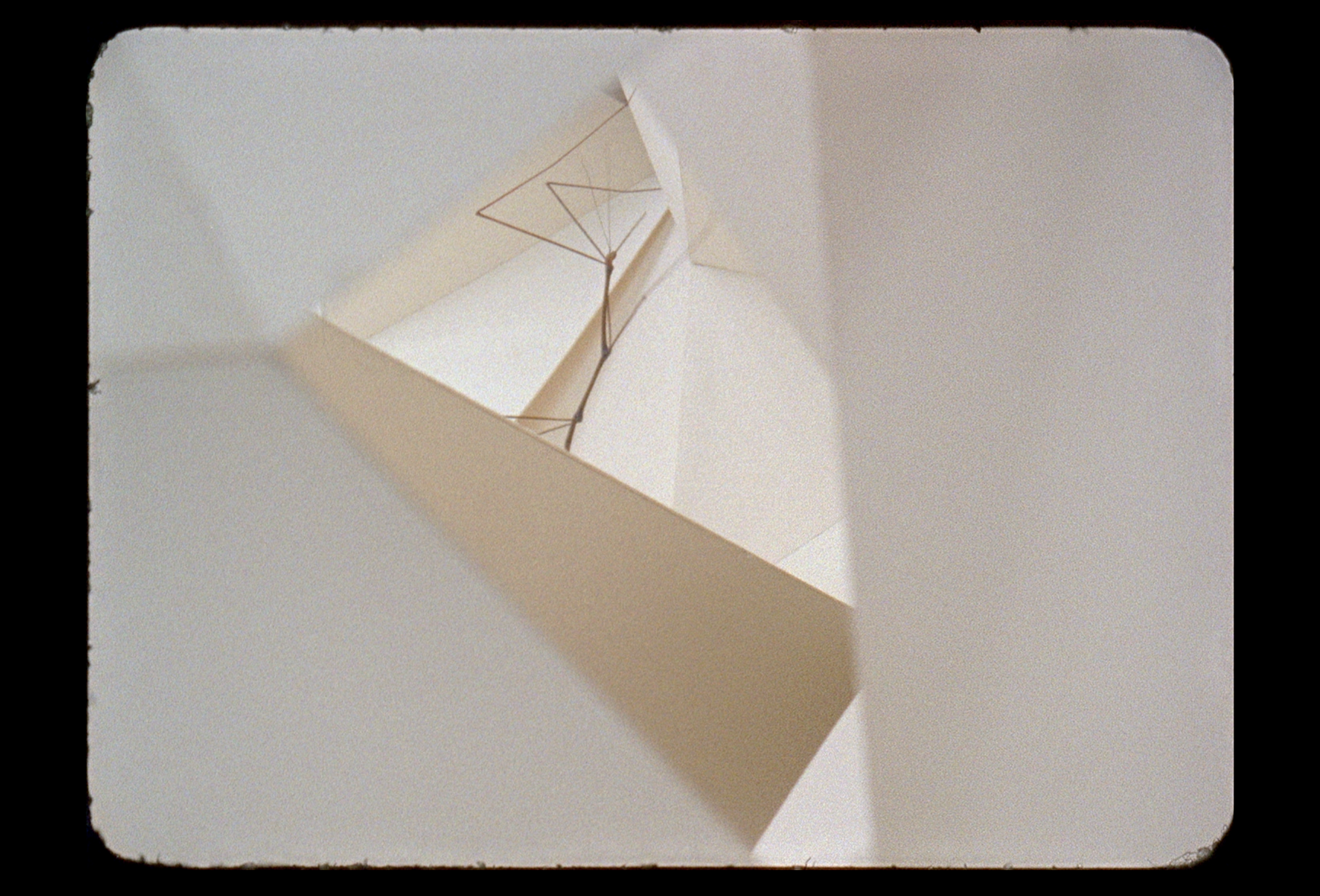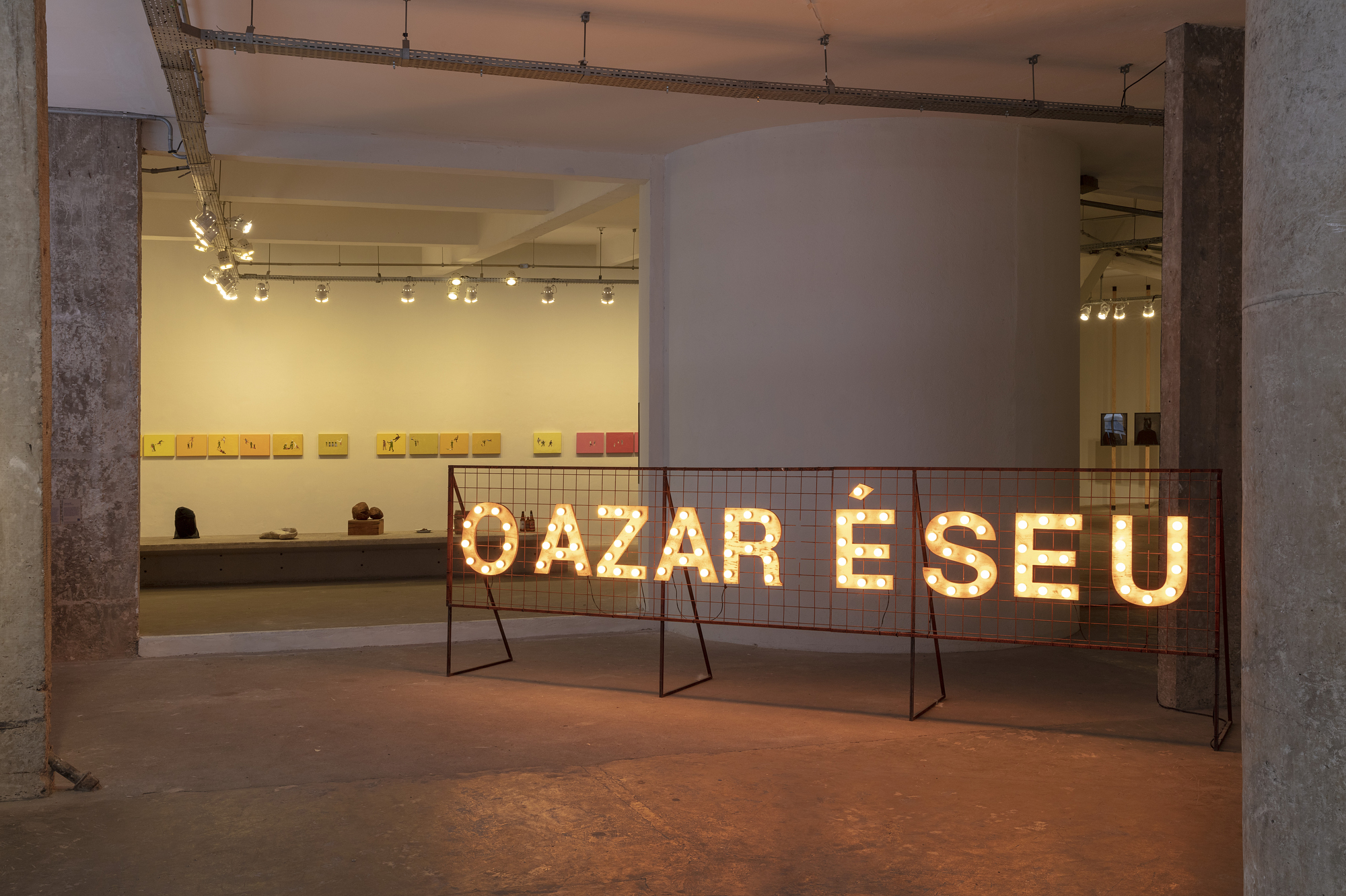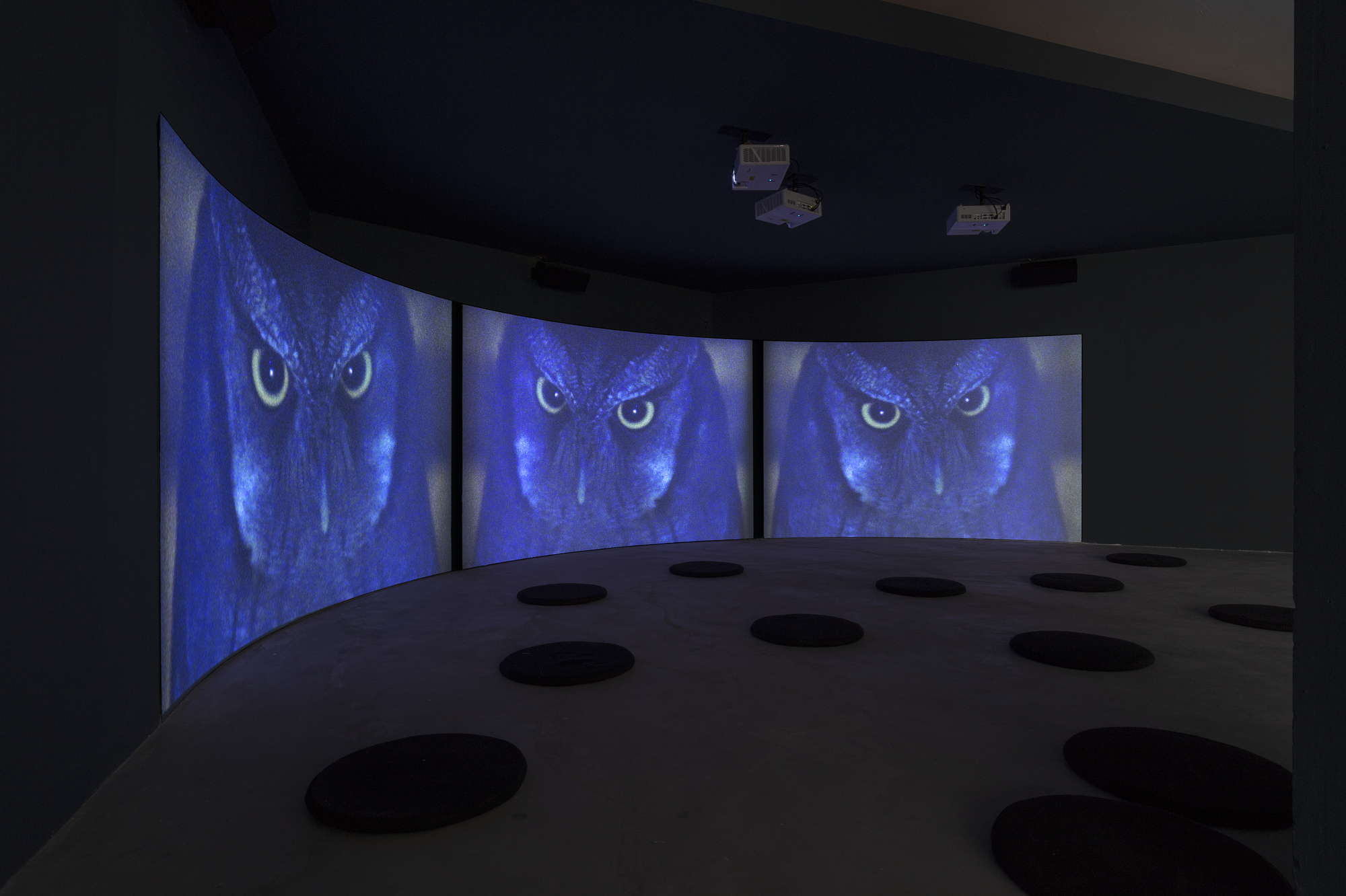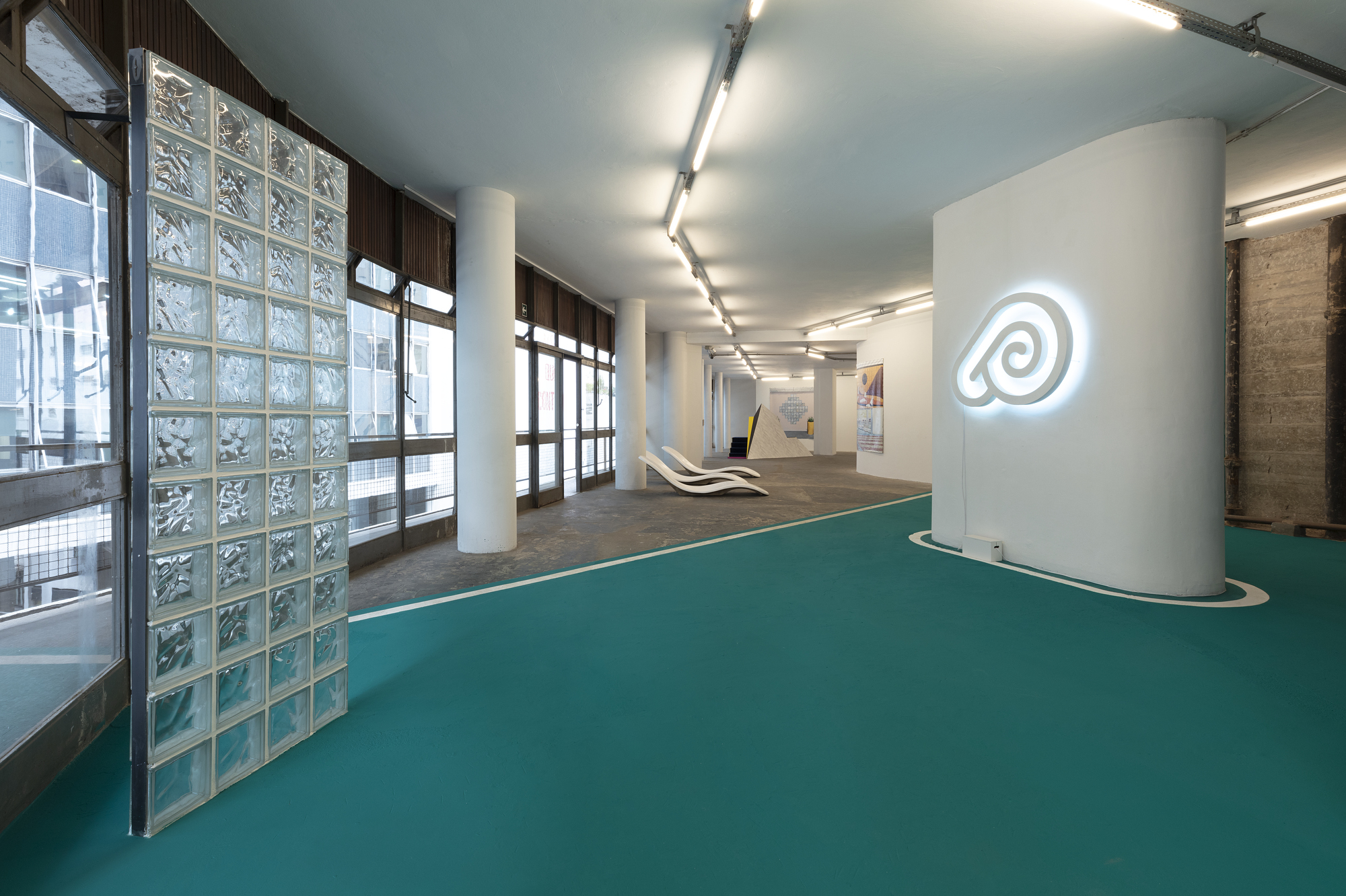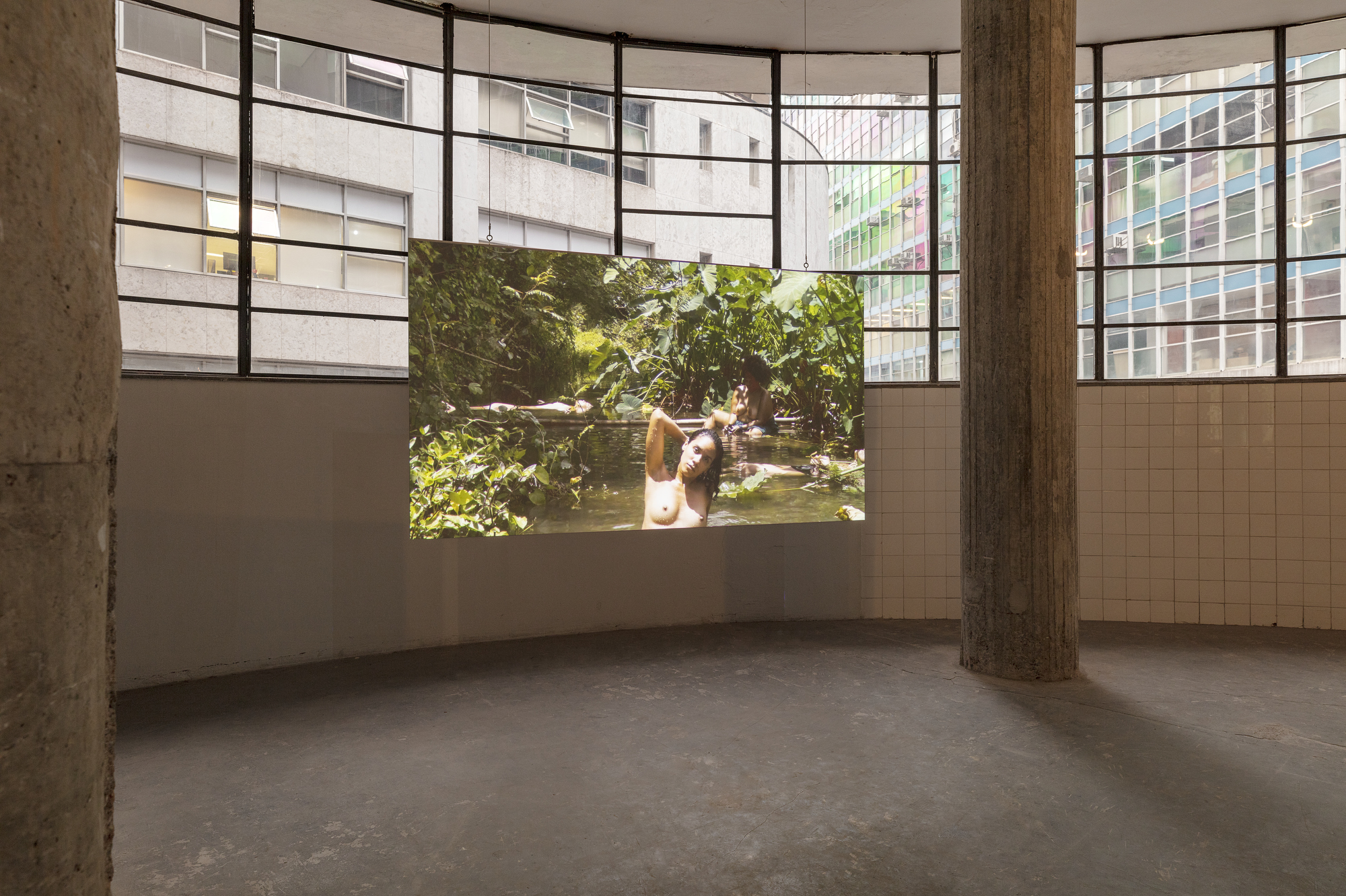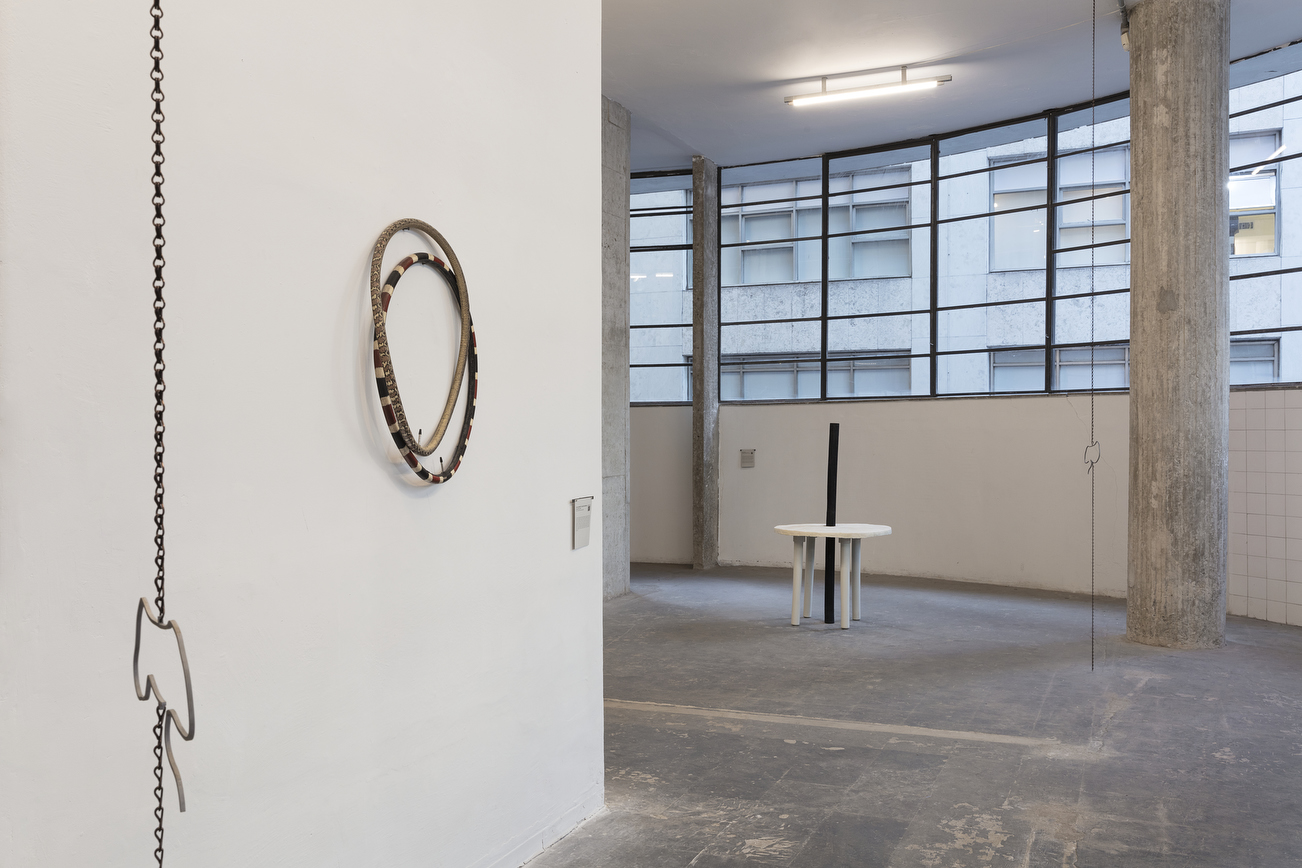
Artists: Candice Lin, Cristiano Lenhardt, Daniel Steegmann Mangrané, David Bestué, Denilson Baniwa, Elvira Espejo Ayca, Isuma, Janaina Wagner, Lina Mazenett e David Quiroga, Louidgi Beltrame, max wíllà morais, Minia Biabiany, Paloma Bosquê, Sheroanawe Hakihiiwe
Curated by Catalina Lozano
Curatorial assistant: María Emilia Fernández
A Natural History of Ruins is a group exhibition that explores different forms of resistance to the ways in which the hegemonic modern colonial imagery has captured our imagination. Drawing from diverse artistic practices, this exhibition seeks to offer opportunities to think about healing in what author Anna Tsing calls a ‘precarious survival’. It also attempts to address the implications of representation outside of language in order to explore other-than-human forms of intelligence.
At the core of the exhibition, there is a critique of the modern divide between nature and culture and its ontological implications. Through a series of historical processes, some humans separated themselves from nature and therefore fabricated it as a category. Colonial regimes spread this notion through education and exploitation, normalizing nature as a ‘resource’ at humans’ disposal. It is largely through the knowledge and ecological practices of Indigenous peoples that these functioning colonial categories can be productively challenged.
A Natural History of Ruins wants to think about the representation of “nature” as much as it needs to rethink the nature of representation. Donna Haraway appropriately has sought to answer “what gets to count as nature, for whom and when, and how much it costs to produce nature at a particular moment in history for a particular group of people.” She thus recognizes the historically situated processes and semiotic operations needed to, not only normalize nature as a colonial, imperial category but also to produce and reproduce the category of the “universal man1” as a dominant one.
The transformation of ‘natural history’ museums into ‘natural science’ ones seem to suggest a rhetorical shift ‘history’ as a narrative exercise to ‘science’ as disinterested, objective observation that achieves the full separation of subjects (humans) from objects (non-humans, other-than-humans, but also humans subjected to scientific research). In the process, history is politically neutralised. By opening up dominant definitions of technology to include some that are not inherently attached to the Western notion of progress, art can lead towards a world of multiplicities where the centrality of the reality created by colonisation can be finally unveiled as a brutal, yet efficacious construction bound towards an ill-fated image of progress. In this way, the ruins produced in the present can be partially considered as the projection of a modernist unconscious.
The artists included in the exhibition tackle the brutality of modern binary categories and practices in order to show in different ways how things are entangled and in the words of artist max wíllà morais ‘to dance with the violence of the world’.
Catalina Lozano
1. Donna Haraway, “The National Geographic” on Primates (Paper Tiger TV, 1987). Disponível em https://vimeo.com/123872208
The realization of A Natural History of Ruins is supported by The General Consulate of France in São Paulo and Trampoline Association.
ABOUT THE CURATOR
Catalina Lozano (Bogotá, 1979) is an independent curator and writer and KADIST’s Director of Programs in Latin America. For the past 10 years, she has been interested in minor narratives that question hegemonic forms of knowledge. The analyses of colonial narratives as well as the deconstruction of the modern division between nature and culture have acted as departure points for many of her recent and future curatorial and editorial projects such as the exhibitions The willow sees the heron’s image upside down (TEA, Tenerife, 2020), Le jour des esprits et notre nuit (CRAC Alsace, Altkirch, 2019, co-curated with Elfi Turpin), Winning by Losing (CentroCentro, Madrid, 2019), Ce qui ne sert pas s’oublie (CAPC, Bordeaux, 2015), A Machine Desires Instruction as a Garden Desires Discipline (MARCO Vigo, FRAC Lorraine, and Alhóndiga Bilbao, 2013-14), and the book Crawling Doubles: Colonial Collecting and Affects (B42, París), co-edited with Mathieu K. Abonnenc and Lotte Arndt. In 2018 her book The Cure was published by A.C.A. Public. Between 2017 and 2019 she was Associate Curator at Museo Jumex in Mexico City where she developed exhibition projects with Bárbara Wagner & Benjamin de Burca, Fernanda Gomes and Xavier Le Roy among other artists, and organized the exhibition Could Be (An Arrow). A Reading of La Colección Jumex. She was part of the artistic team of the 8th Berlin Biennale in 2014.

 Português
Português